Floating shelves remain interior design’s stealth power move, delivering storage without the visual bulk of brackets or cabinet boxes. Recent round-ups praise their ability to fit almost any room style—from sleek kitchens to cozy book nooks—while keeping counters and floors gloriously clear. Designers add that the hidden-hardware profile lets you create dynamic vertical compositions even in micro apartments, stretching precious square footage by lifting clutter off the ground. In 2025 the category has exploded into dozens of inventive treatments, including sculptural live-edge planks, integrated LED “glow” shelves, weight-defying acrylic ledges, and sustainably sourced reclaimed timbers. Below you’ll find twenty ideas, each tuned to a different need, budget, or vibe—pick one and let your walls do the heavy lifting.
1. Picture-Ledge Floating Shelves for Artful Displays
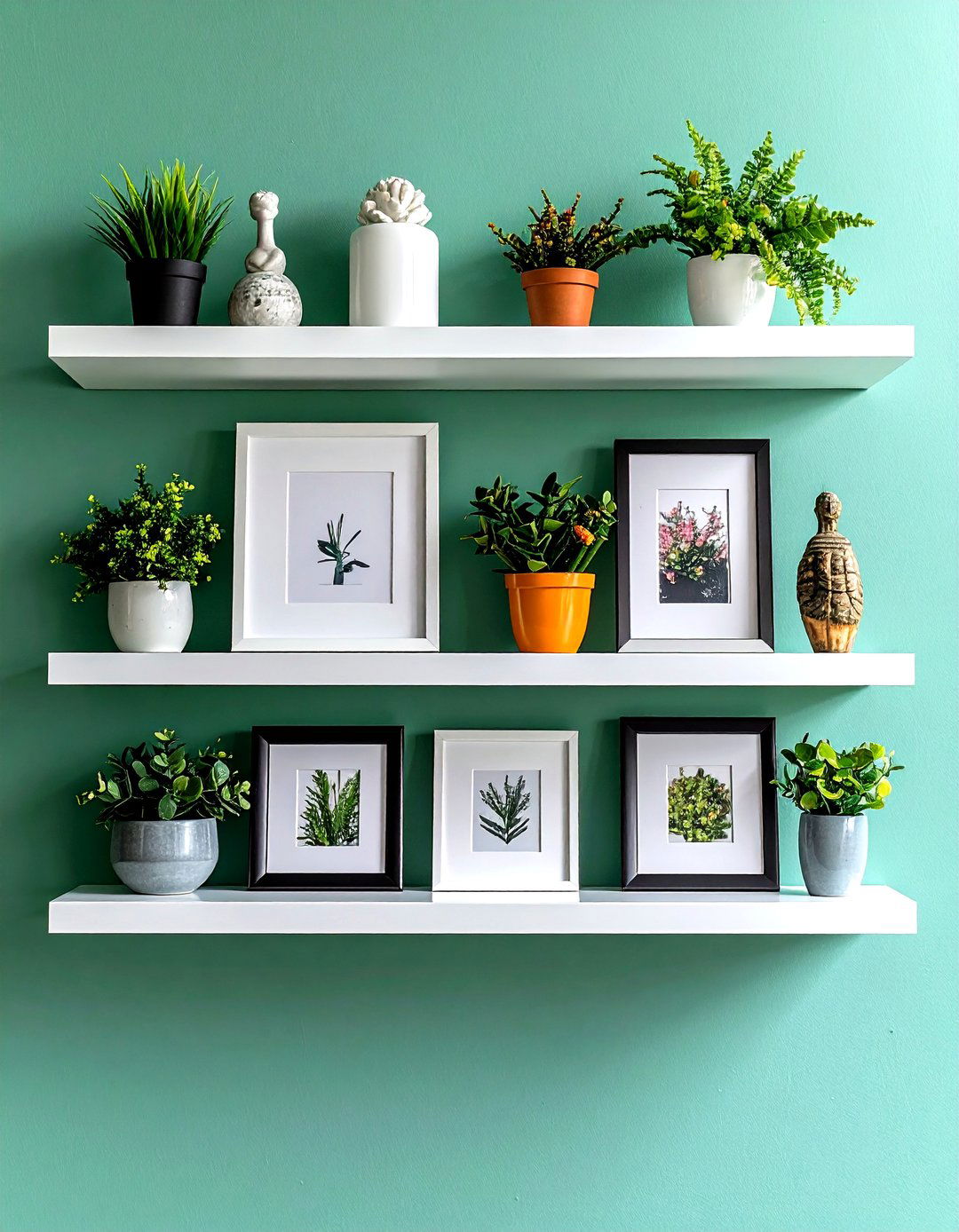
A slim floating picture ledge turns bare gypsum into a mini exhibit hall yet needs only a couple of screws. Designers recommend installing two or three staggered strips so you can layer frames, small sculptures, and even seasonal greenery without hammering the surface again. Because the lips are shallow, swapping artwork takes seconds, letting the arrangement evolve with your mood. Use identical white shelves to make the pieces pop or stain them to echo existing trim for cohesion. The linear run visually lengthens walls, an especially welcome trick in apartments where every centimeter matters. Remember to hit wall studs or use heavy-duty anchors for security, as the narrow form tempts over-loading.
2. Live-Edge Wood Floating Shelves Add Organic Warmth

A single slab of live-edge hardwood brings the raw pulse of the forest indoors while still floating gracefully on hidden hardware. The irregular contour softens rectilinear rooms and highlights unique grain patterns that mass-produced planks cannot replicate. Pairing two shelves at eye level frames pottery or vintage cookbooks like functional art, and the natural voids can cradle trailing plants for instant biophilia. Designers advise finishing with a clear oil to protect the figure yet preserve the sawmill aroma that makes guests lean in. Weight capacity is typically higher than laminate boards, so feel free to showcase stoneware or cast-iron, provided brackets are rated accordingly.
3. Corner Floating Shelves to Tame Awkward Angles
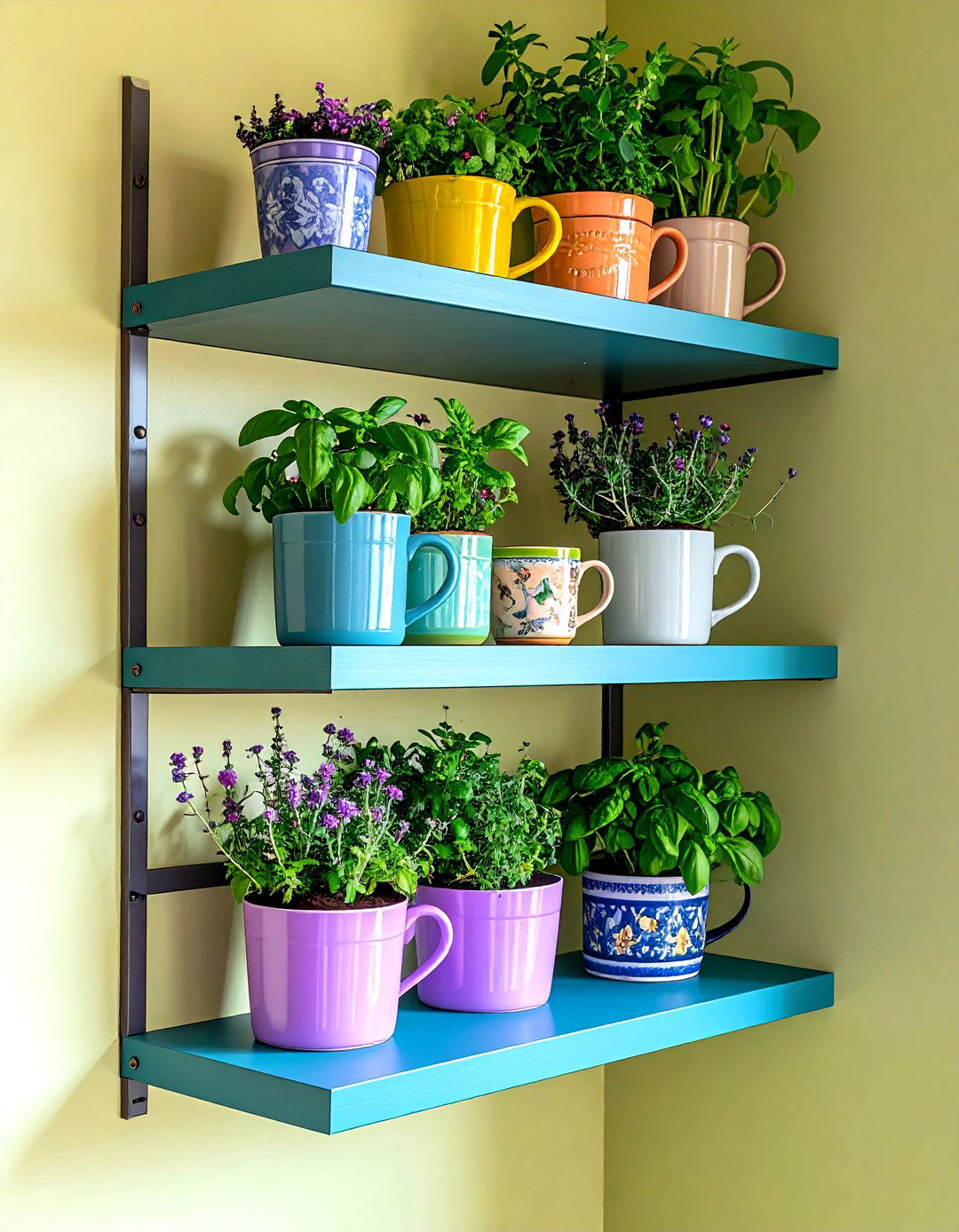
Corners often collect dust bunnies, but fitted floating wedges convert that void into prime vertical real estate. A trio installed from counter height upward can hold mugs, herb planters, or speakers while leaving walking lanes unobstructed. Because each arm meets two walls, stability improves and lighter brackets suffice—handy if you’re renting and wish to minimize holes. Try painting the undersides a tonal accent so shelves read as architectural details, not afterthoughts. For tight kitchens, align the lowest tier with the backsplash to forge a continuous sightline. Measure both wall legs carefully; even a half-degree mis-cut will show once units butt together.
4. Clear Acrylic Floating Shelves for Effortless Lightness
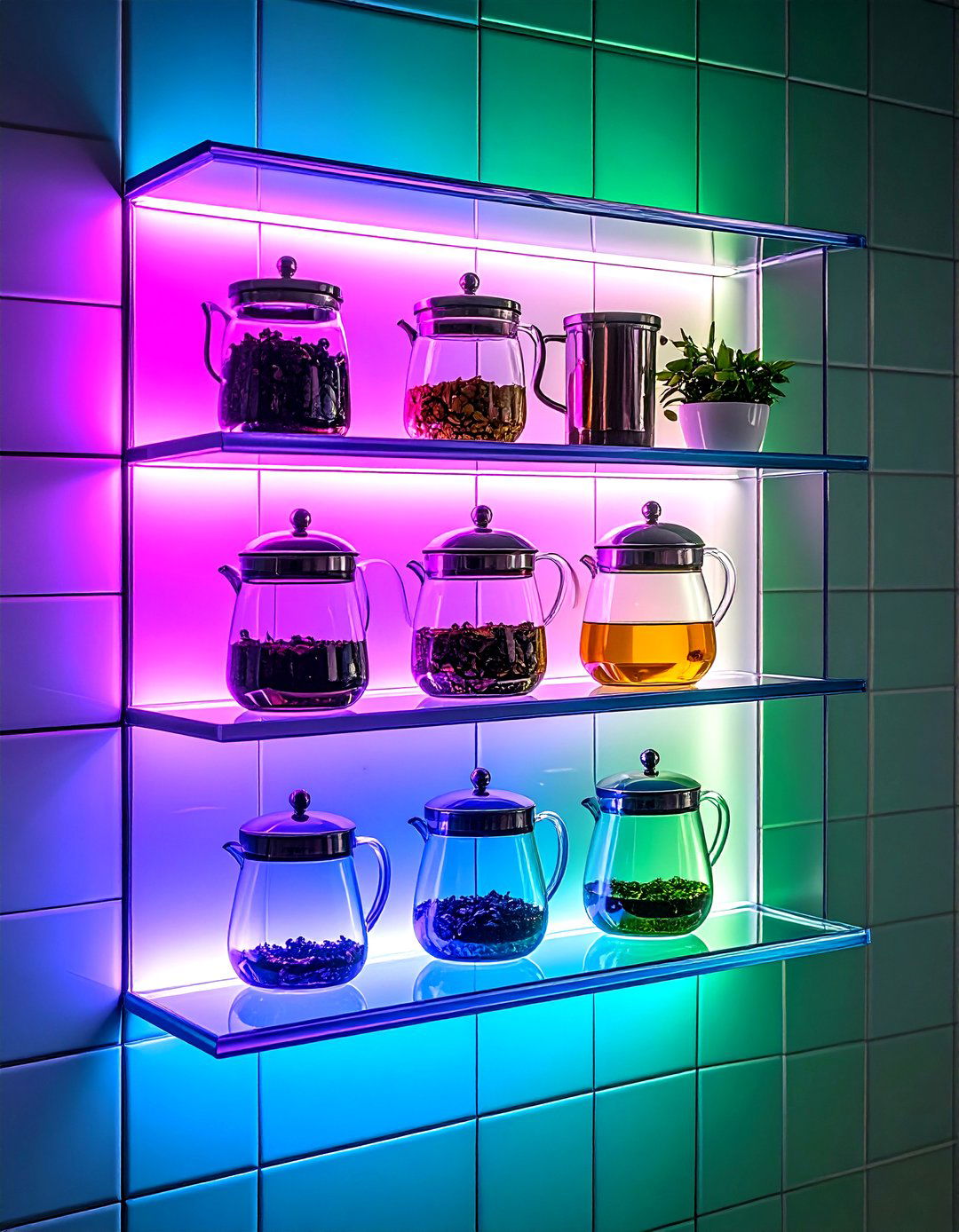
Transparent acrylic floating shelves virtually disappear, letting collectibles hover like they’re in a museum vitrine. The material resists humidity, making it perfect beneath steamy shower niches or under-cabinet coffee stations where wood might warp. Because edges refract light, small LEDs or daylight amplify sparkle, a bonus for crystal perfumes or glass tea jars. Install with matching clear screws for a true invisible effect, and keep spans under eighteen inches to avoid flexing. Wipe smudges with a microfiber cloth and mild soap—harsh solvents cloud the polish. If you crave weight support, choose thicker cast acrylic and reinforce with wall anchors rated for at least twenty pounds each.
5. Matte-Black Metal Floating Shelves for Industrial Punch
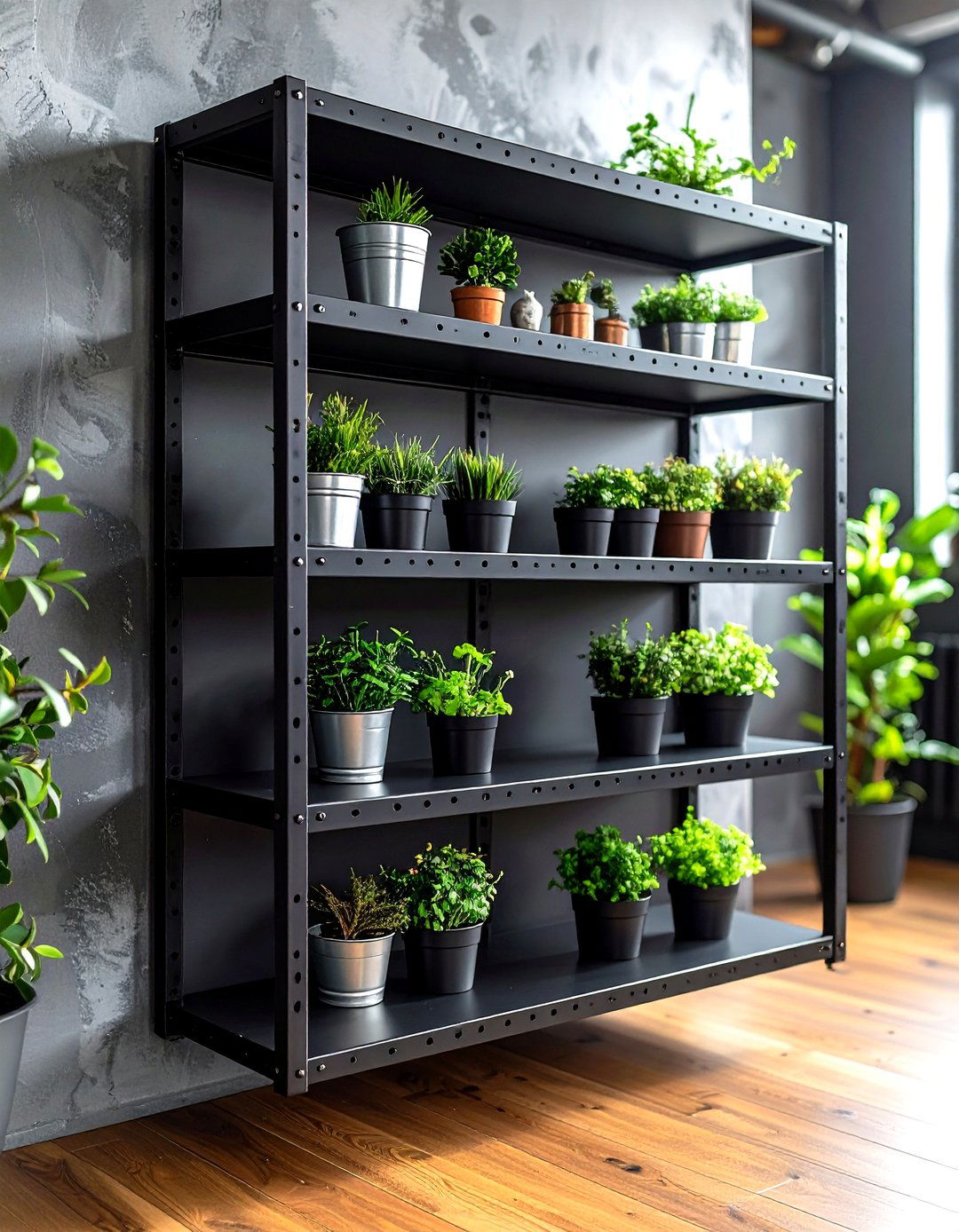
Slim sheet-steel shelves introduce a factory-loft vibe while staying compact enough for gadgets, smart speakers, or candles. Their magnetic surface doubles as a spot for clips or mini planters, and heat tolerance means they can flank a range hood without fear of grease sizzling the finish. Stick-on templates often accompany adhesive versions, letting you avoid drilling tiled backsplashes—just ensure the wall is degreased first. Patina develops subtly over time, adding character without compromising strength. Balance the hardness with a few woven baskets or trailing ivy so the look feels curated rather than cold.
6. LED-Lit Floating Shelves for Ambient Glow
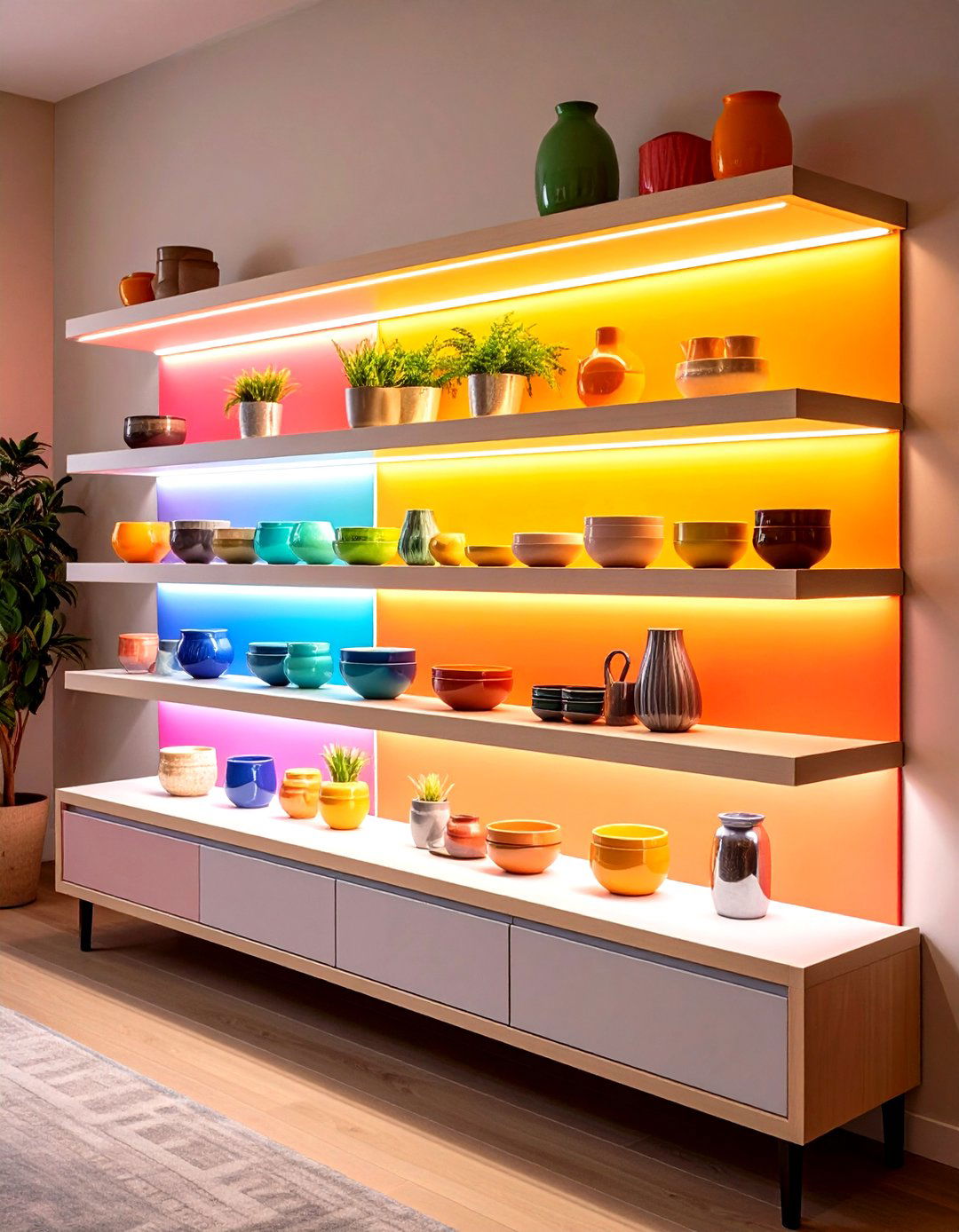
Incorporating an integrated LED strip turns floating shelves into both storage and subtle mood lighting. Warm white diodes tucked in a routed channel wash objects from below, preventing harsh spotlights and highlighting textures on pottery or book spines. Many kits now arrive pre-wired; you simply feed the low-voltage lead through the mounting bracket before fixing to studs. Smart controllers allow color changes, so a morning espresso bar can morph into evening cocktail backlighting with a tap. Because LEDs sip energy and emit little heat, plants and photos stay safe. Always include an accessible cut-off switch for maintenance, and keep driver units in a ventilated cavity for longevity.
7. Reclaimed Wood Floating Shelves for Eco-Minded Charm
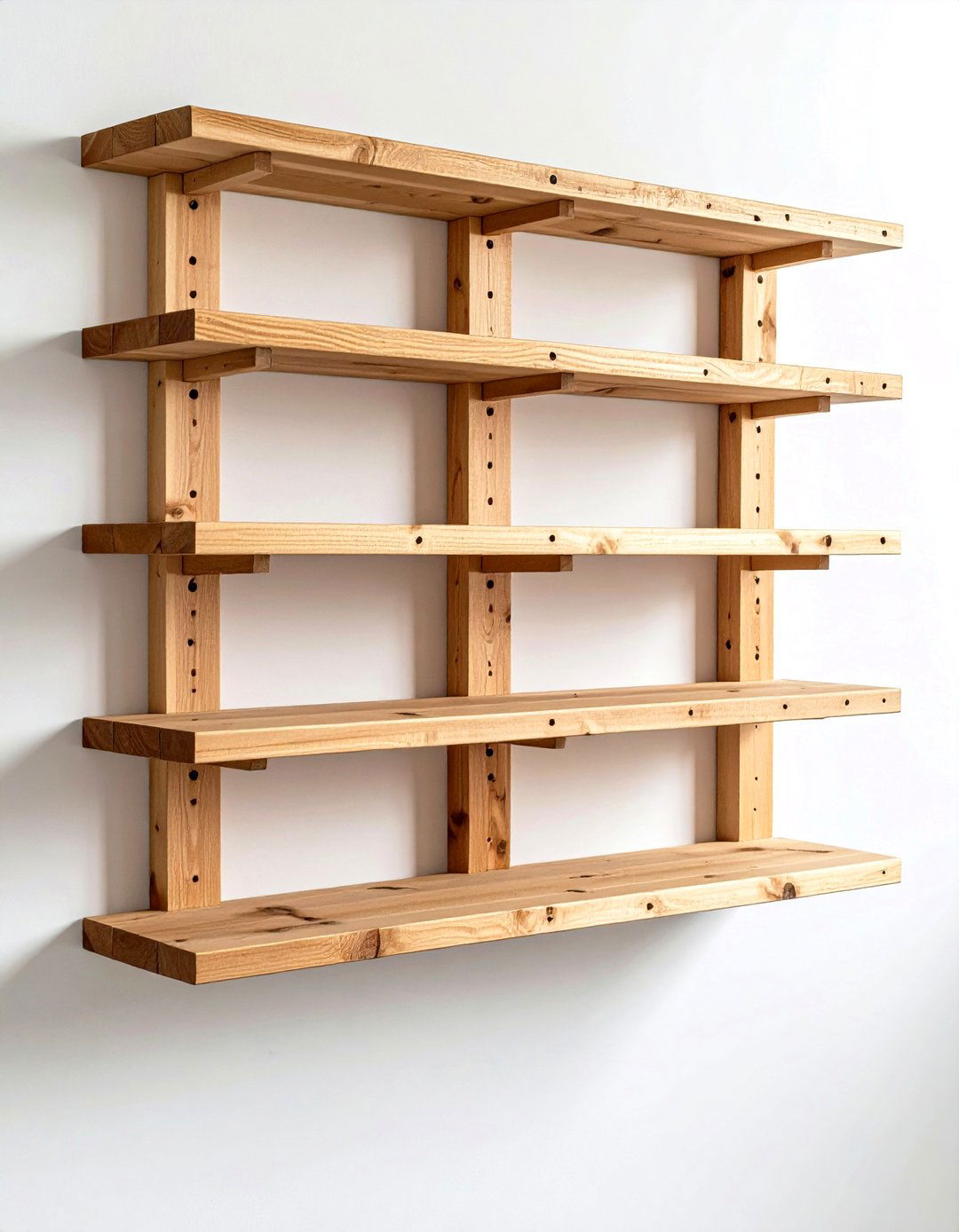
Salvaged barn beams reborn as floating shelves showcase nail holes, saw marks, and century-old grain that no new lumber can fake. Each board tells its own history while diverting timber from landfills, an easy sustainability win. Designers suggest leaving the patina untouched except for a clear matte sealer that keeps splinters at bay yet leaves inked freight stamps visible. Offset three shelves vertically with uneven gaps to embrace the rustic irregularity rather than fighting it. Pair with matte-black brackets to hint at industrial provenance, or contrast with sleek brass objects for an elevated farmhouse-modern balance.
8. Invisible-Bracket Bookshelves for Weightless Libraries
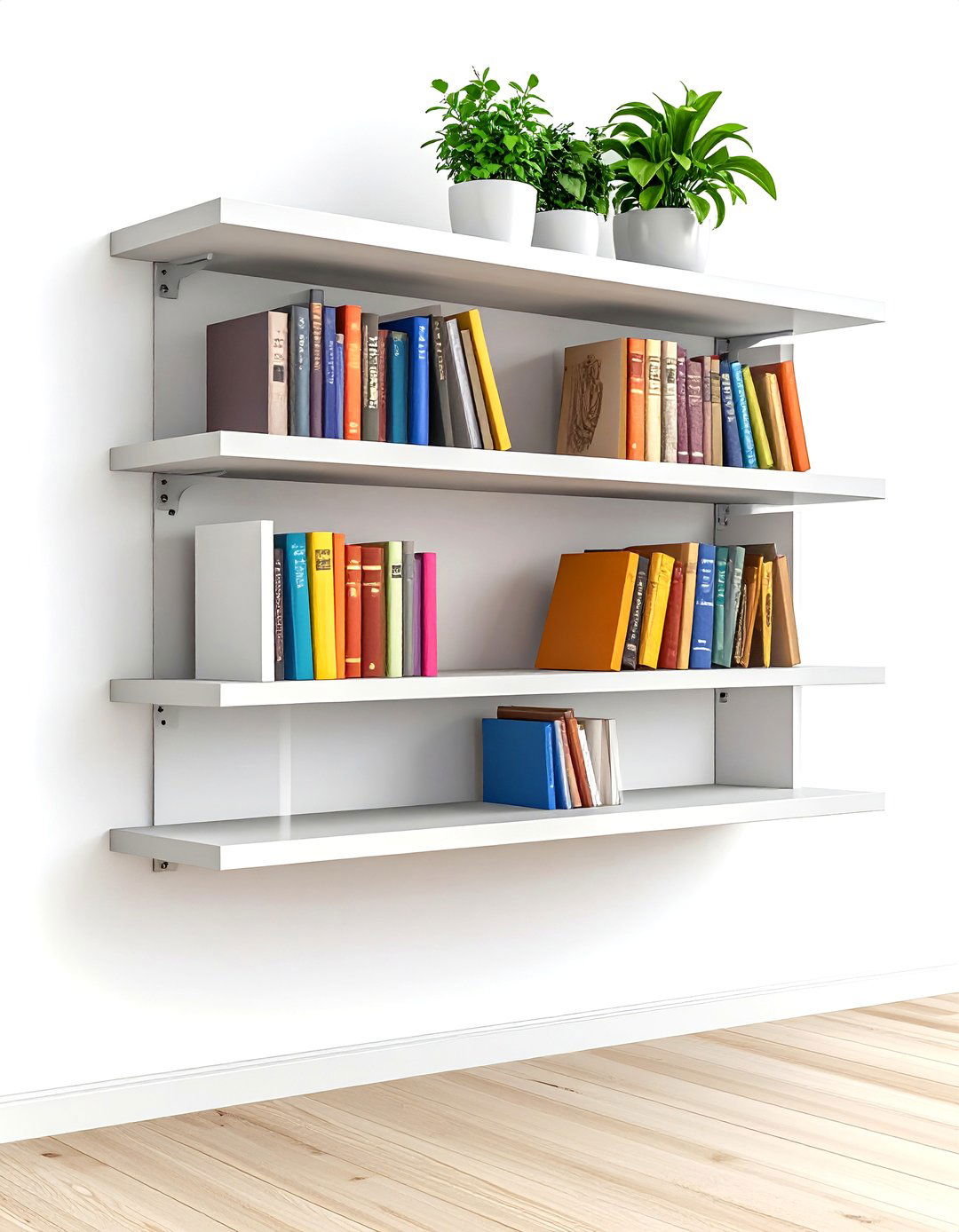
Hidden metal cleats allow floating shelves to carry hardbacks without any visual support, creating the illusion of books levitating in mid-air. Select thick, kiln-dried boards at least two inches deep so screws have ample bite, and install the cleats on studs to handle the dense load—many systems rate above fifty pounds per shelf. Align several units at exact nine-inch intervals to fit typical paperbacks while keeping spines legible. Painting the wall a darker tone than the shelves enhances the magic by disguising shadow gaps. Top the stack with a small trailing plant to soften the geometric column.
9. Floating Spice-Rack Shelves Keep Flavor Within Reach
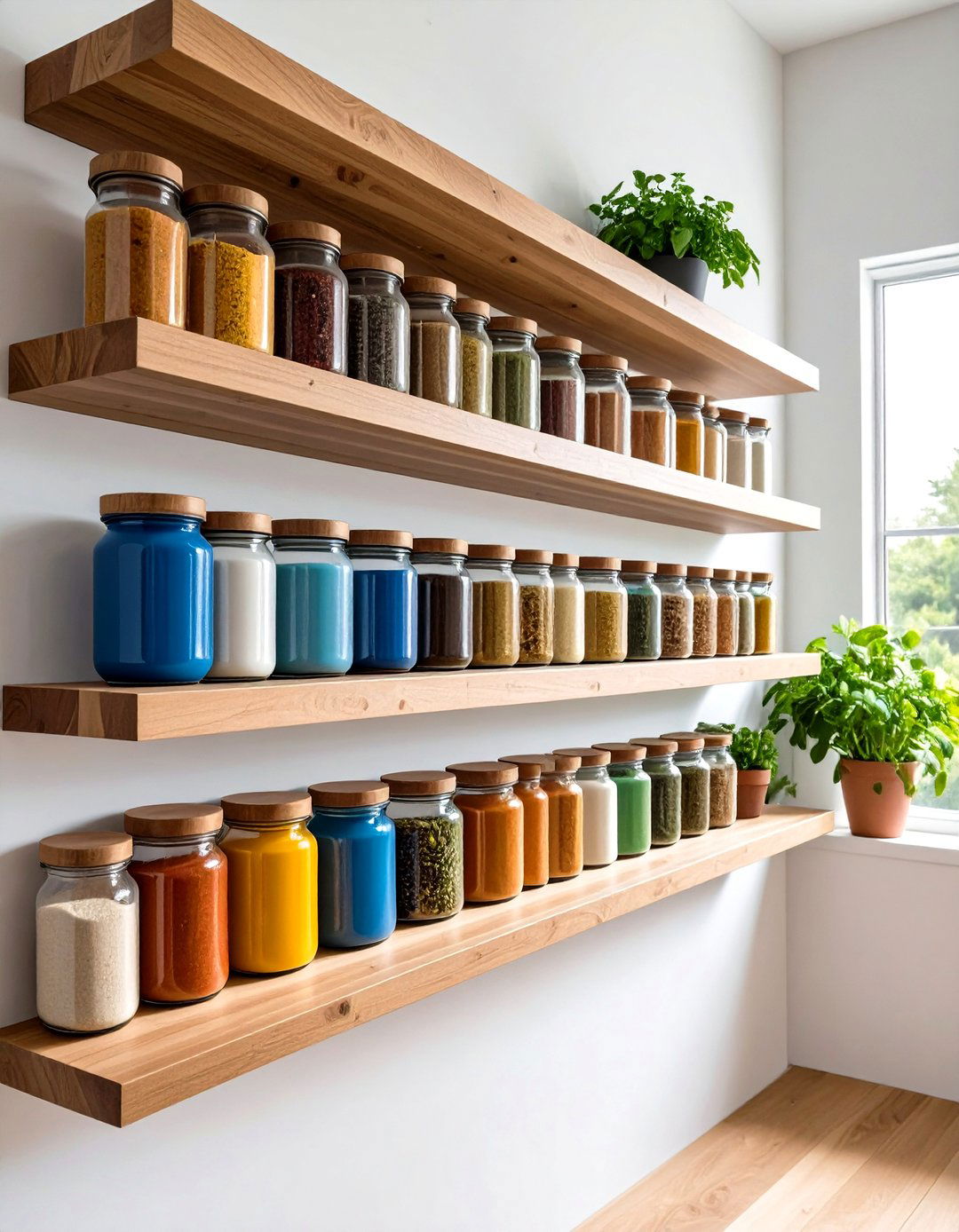
Substituting floating shelves for a bulky cabinet lets colorful spice jars become decor while freeing counters. Aim for shallow six-inch-deep boards so labels face forward and dust can’t accumulate behind. Position two runs just above the tile line, staggered like piano keys to maximize capacity without looming. Food-safe mineral oil seals raw wood against turmeric stains; acrylic options prevent them altogether. If sunlight hits the wall, install frosted glass canisters to protect delicate herbs from UV while retaining the open look.
10. Bathroom Floating Shelves Above the Tank
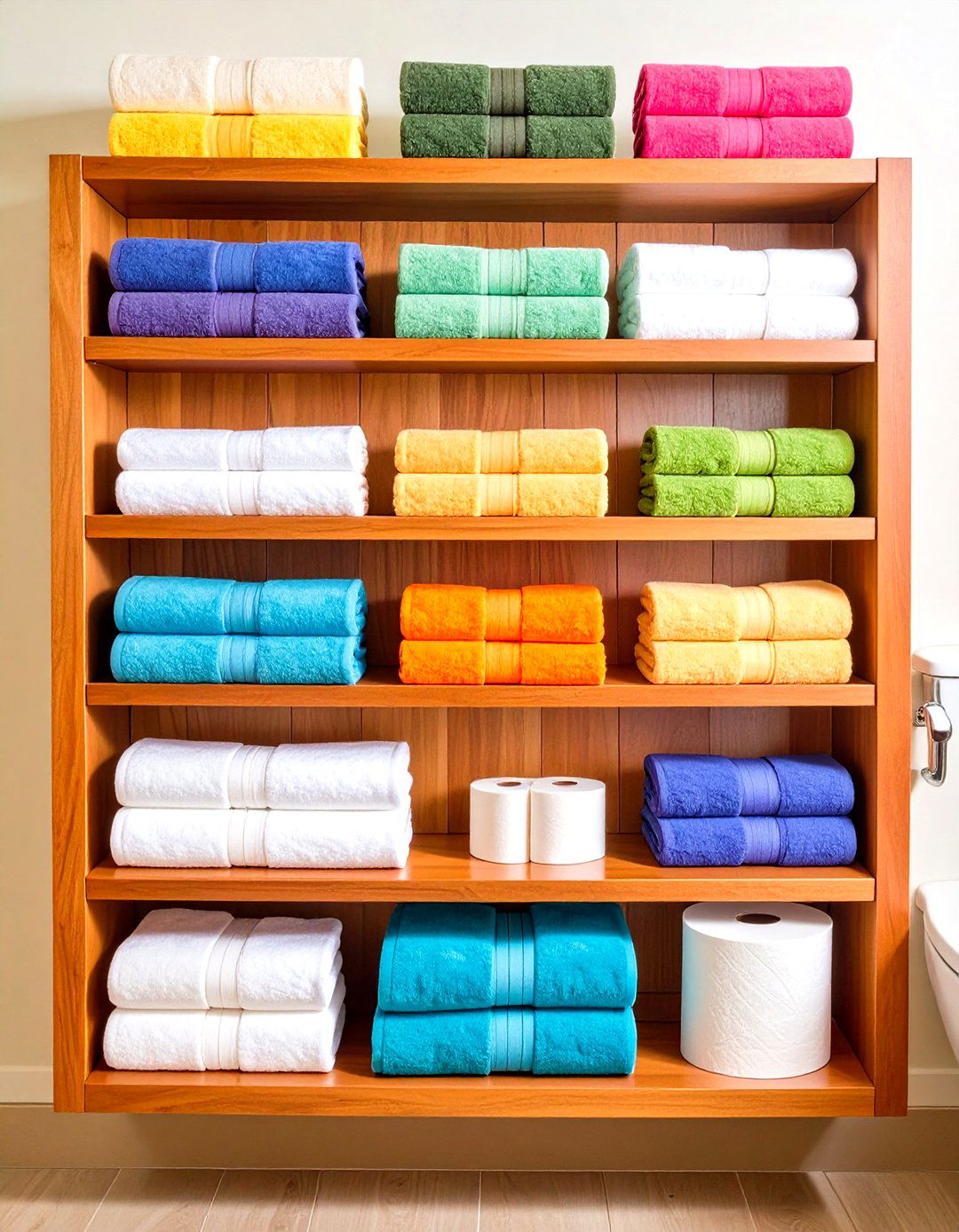
A pair of moisture-resistant floating shelves mounted over the toilet solves the eternal tissue-storage conundrum in style. Choose materials like sealed teak, powder-coated aluminum, or acrylic to survive humidity spikes. Stagger heights so the lower shelf clears the tank lid yet remains accessible, and reserve the upper for extra rolls or diffusers. Rolling fluffy hand towels and arranging them upright saves space and adds spa flair. Keep depth under eight inches to avoid accidental bumps, and anchor with corrosion-resistant hardware.
11. Entryway Floating Shelf with Hooks Welcomes and Organizes
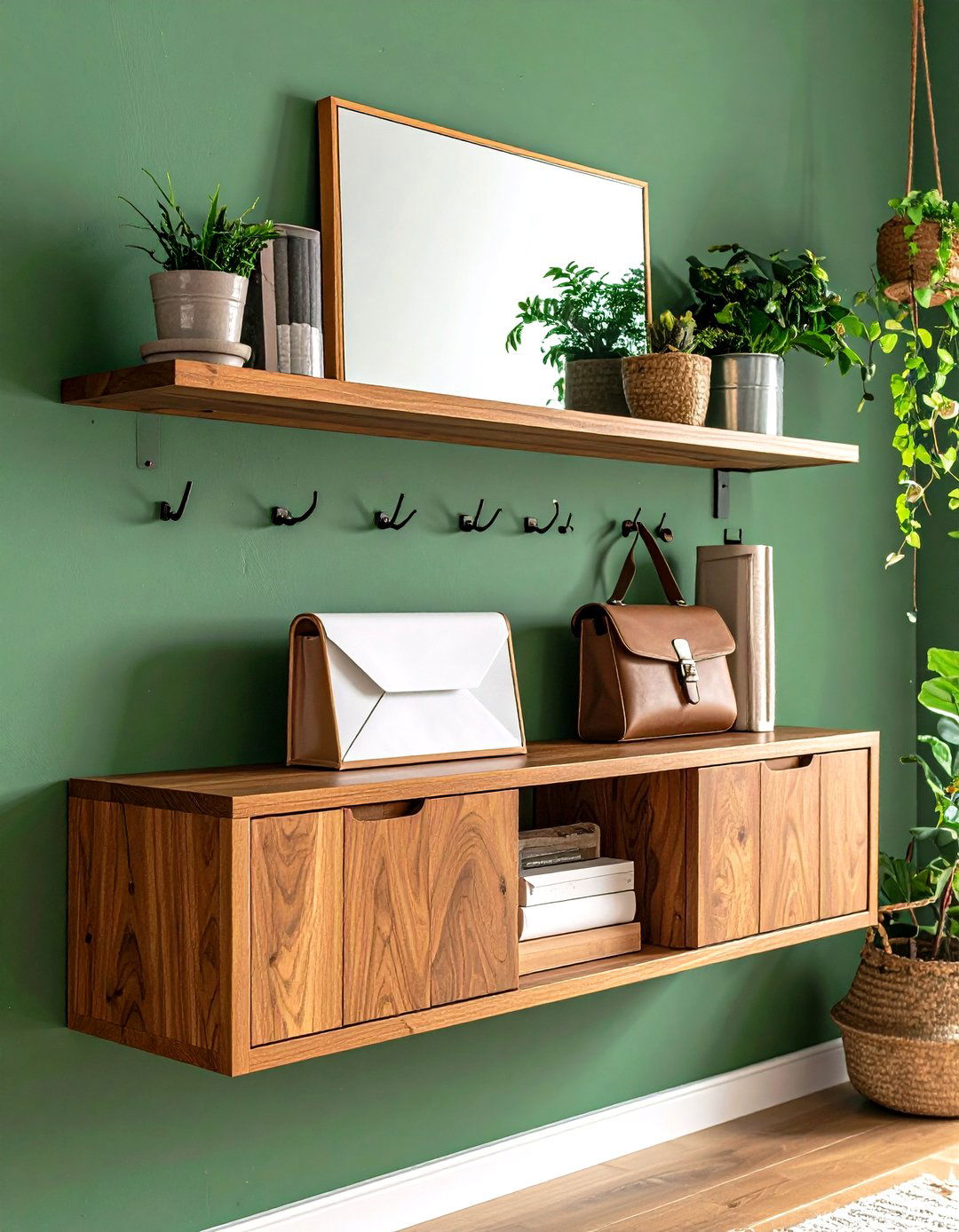
Combining a floating shelf with integrated pegs tames the front-door jumble without monopolizing square footage. Mount the board at eye level so keys hang naturally and the surface hosts sunglasses or envelopes. Solid poplar or oak resists daily wear, and a slightly beveled front lip prevents mail from sliding off when the door slams. Add a small mirror above for last-minute checks and to bounce light into narrow hallways. If coats are heavy, drive lag screws into framing studs and use double-threaded hooks rated for at least fifteen pounds.
12. Nightstand-Style Floating Shelves Beside the Bed
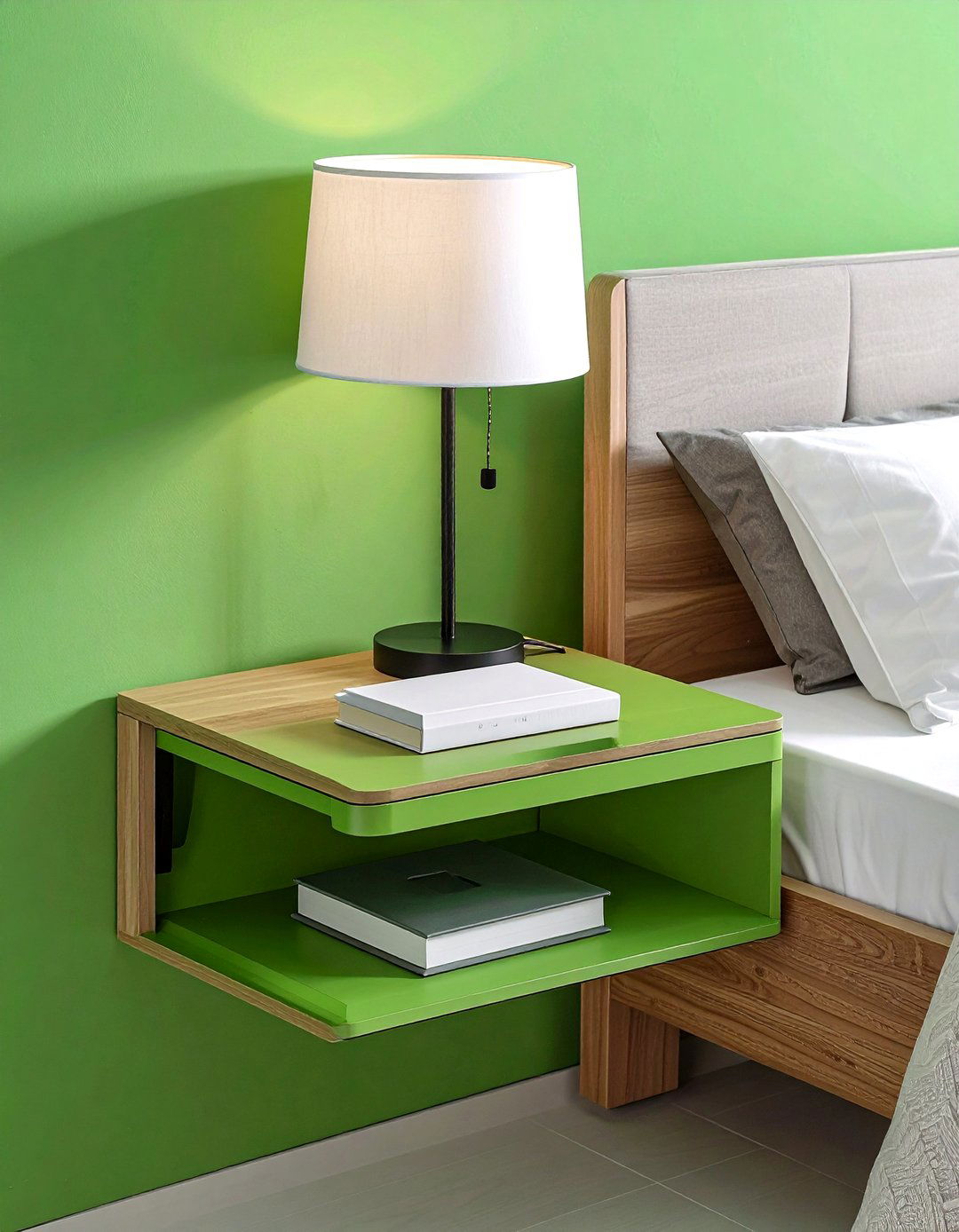
Replacing bulky bedside tables with floating shelves frees floor space for a slipper basket and simplifies cleaning. Opt for a fourteen-inch width so a lamp, book, and charging dock fit comfortably without crowding. Concealed cable cutouts keep cords hidden, reinforcing the minimal vibe. Install slightly above mattress height to avoid collision yet easy reach when sleepy. Painting the underside a soothing hue can create a halo effect under warm bulbs. Bonus: robotic vacuums glide unhindered, making this swap a smart upgrade for allergy sufferers.
13. Plant-Display Floating Shelves for Indoor Jungles
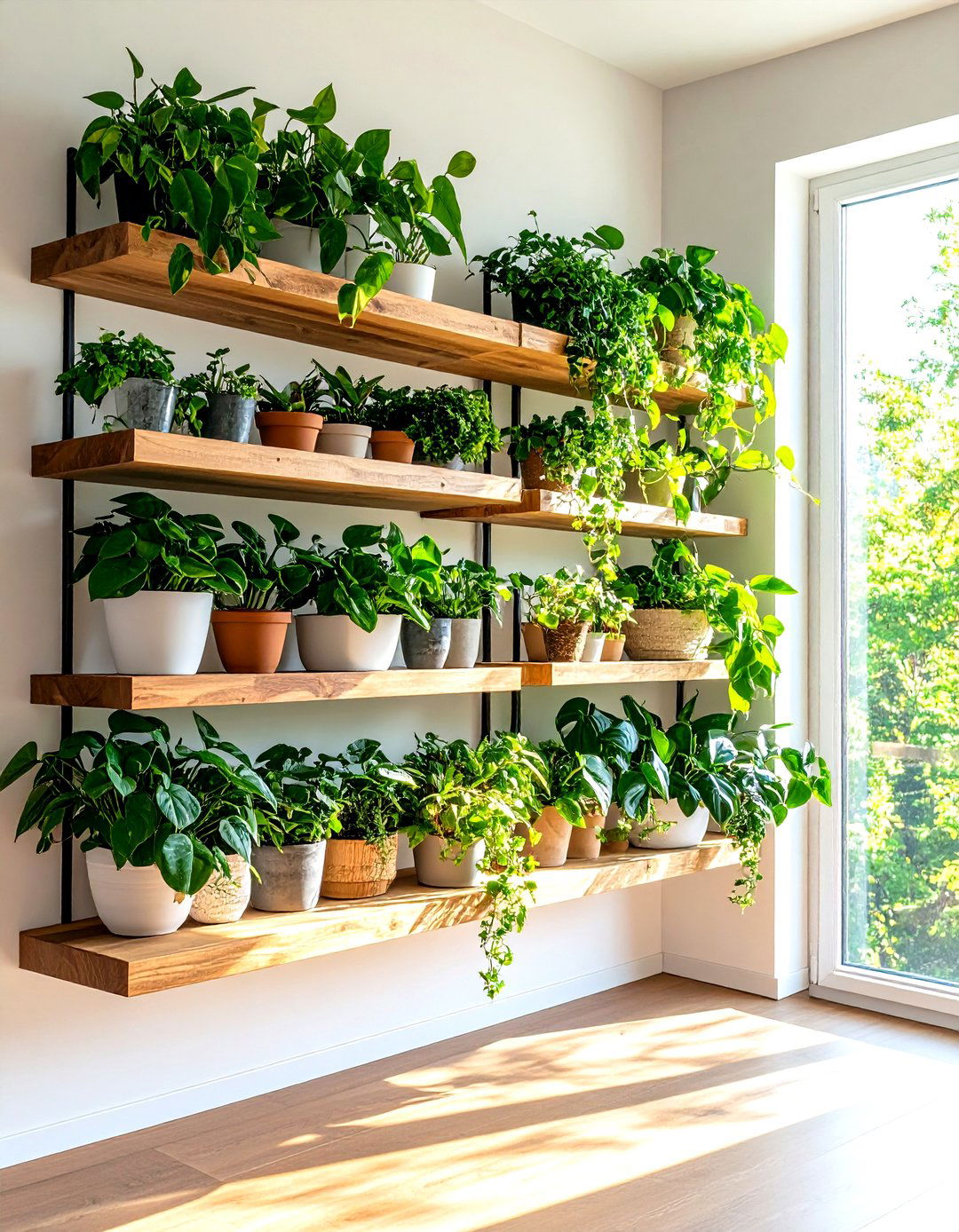
Staggered floating shelves form a vertical garden that showers leafy silhouettes across the wall each morning. Space tiers at least sixteen inches apart for trailing pothos or string-of-pearls, and mix materials—whitewashed pine beside walnut—to echo natural diversity. Position near a south-facing window, but rotate specimens monthly so lower levels receive light. Place a discreet plastic liner under terra-cotta pots to catch drips; ventilation beneath keeps mildew at bay. The living tableau doubles as an air-purifying feature and a conversation starter.
14. Workspace Floating Shelf Desk Extension

When desk depth is limited, a sturdy floating shelf aligned with the desktop edge extends working surface for printers or sketch pads. Use at least three heavy-duty concealed brackets and a one-and-a-half-inch-thick board rated for forty pounds to curb bounce. Routing a cable channel along the rear lets wires drop tidily to an under-desk power strip. Finish in the same veneer as the main desk so the addition feels custom rather than tacked on. Sliding an ottoman beneath keeps legroom clear and offers impromptu seating.
15. Headboard-Height Floating Shelves for Bedtime Books
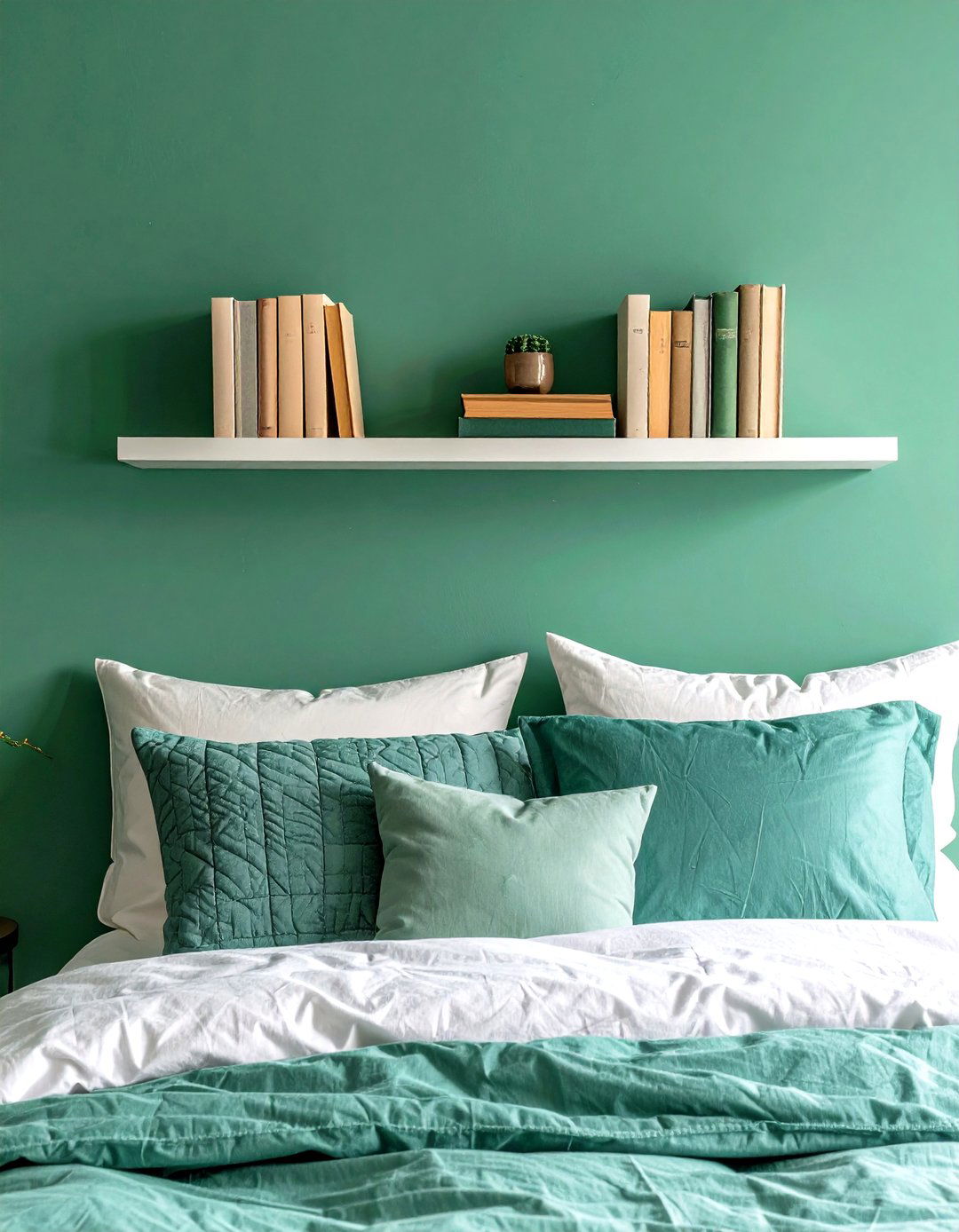
Mounting a shallow floating shelf just above a bed’s pillow line creates a minimalist headboard and instant library. Keeping depth to four inches prevents midnight head bumps while still supporting paperbacks and a small sconce. Paint shelf and wall the same color so titles become the art, then break the run with a centered framed print for balance. Secure to studs and use drywall spacers so screws don’t transfer vibration through the wall—important for light sleepers. If ceiling height allows, duplicate the shelf a foot higher for extra storage and an eye-pleasing stacked effect.
16. Hexagon Floating Shelves for Geometric Flair
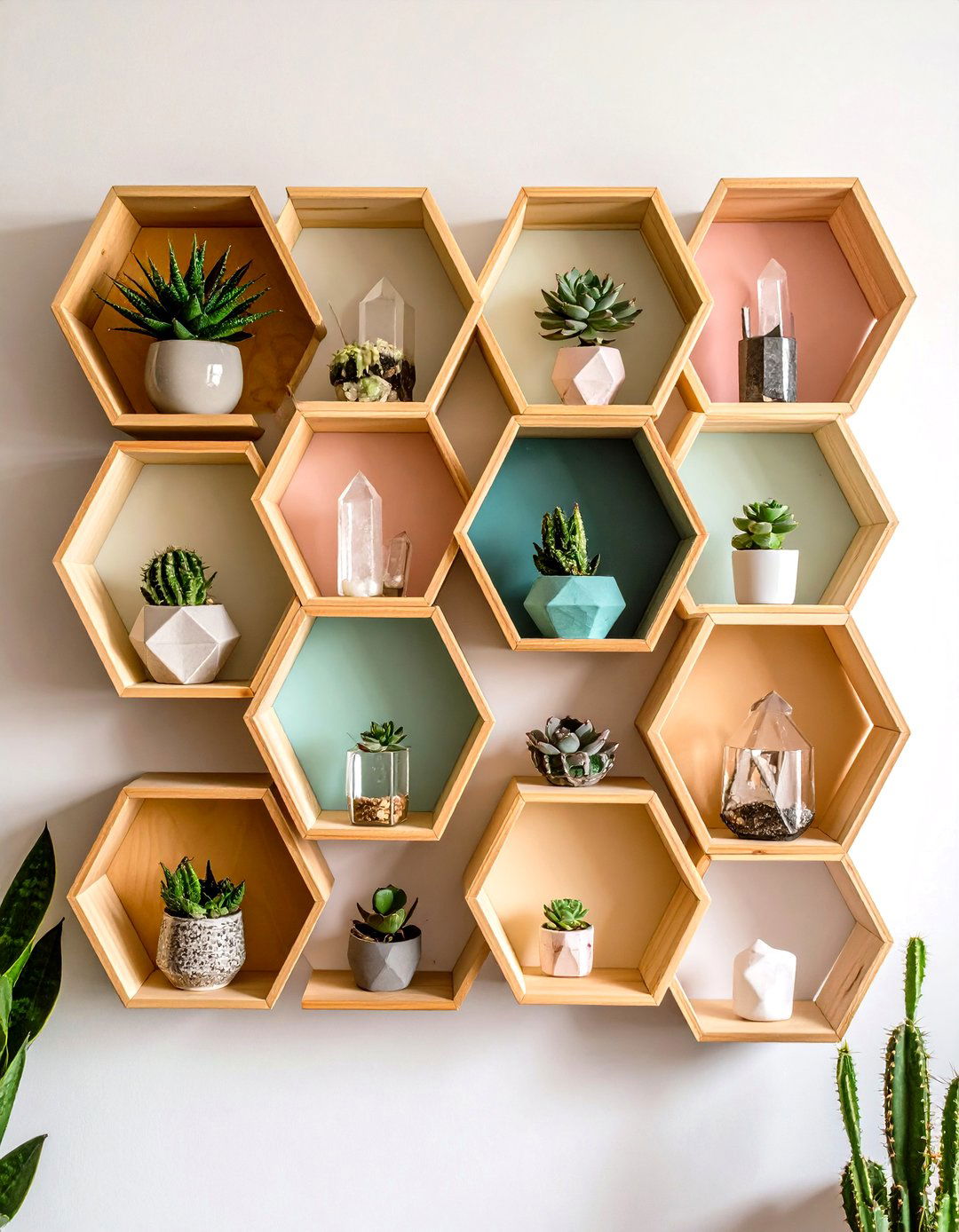
Honeycomb-style floating shelves combine six-sided whimsy with modular flexibility—you can cluster three for a hive or scatter singles as accents. Their angular voids cradle succulents, crystals, or essential-oil bottles, making even tiny curios look intentional. Prefabricated pine versions assemble like picture frames, but ambitious DIYers can miter their own from reclaimed off-cuts for cost savings. Because each cell carries less weight than a long plank, light-duty wall anchors usually suffice, though lining up points accurately demands patience. Spray-painting the interior faces a contrasting pastel accentuates the geometry without overwhelming the room.
17. Staircase-Wall Floating Shelves for a Storybook Ascend
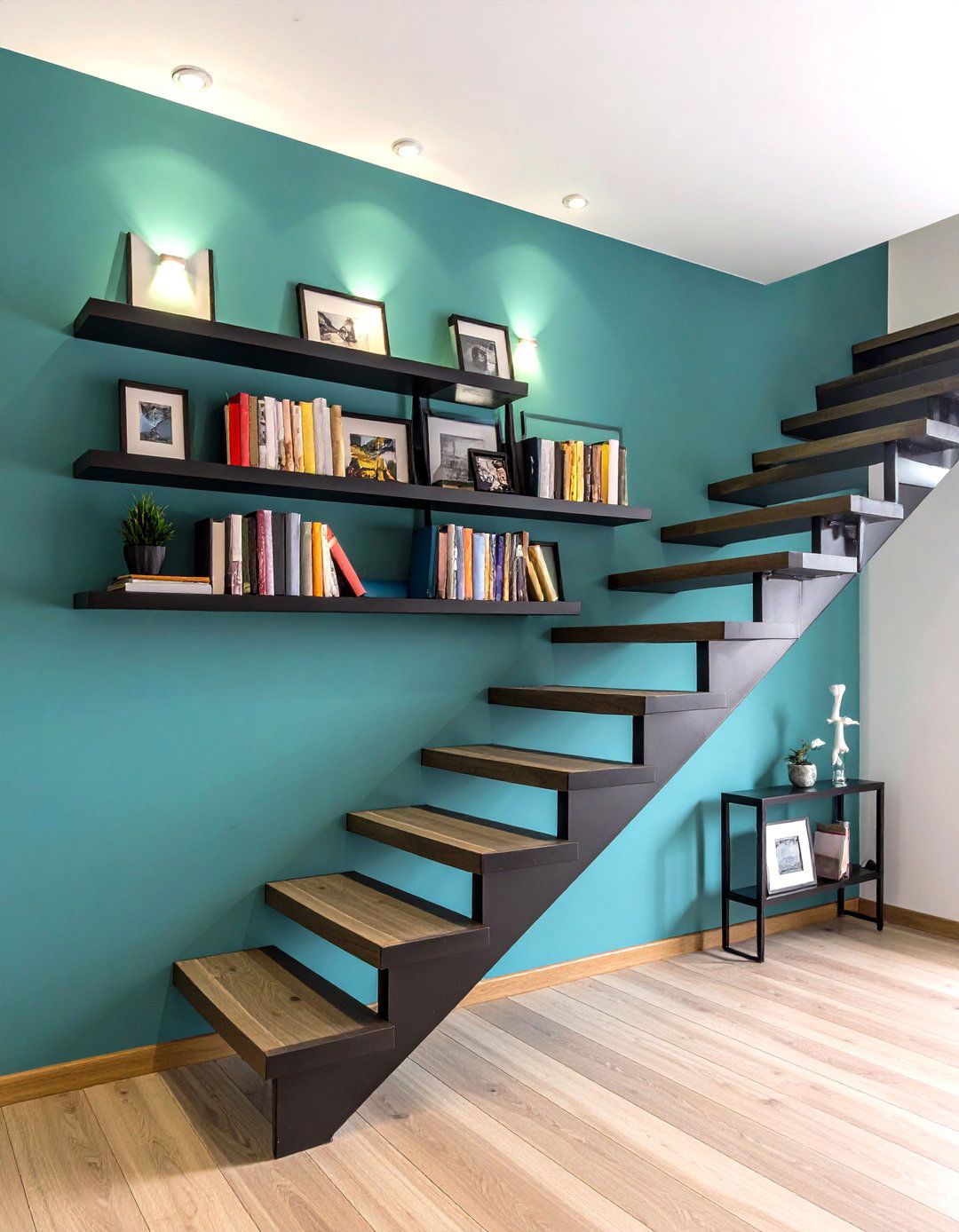
Running slim floating shelves parallel to a stair stringer transforms a forgotten passageway into a cascading gallery of photos or paperback spines. Keep shelf heights aligned with tread rises so the arrangement feels intentional as you climb. Shallow ledges—no deeper than four inches—ensure heads clear the display on descents. This solution shines in narrow townhouses where full bookcases would choke circulation. For cohesion, choose the same finish as banister railings, and embed low-profile puck lights at intervals to spotlight special objects without glare.
18. High Laundry-Room Floating Shelves Boost Vertical Storage
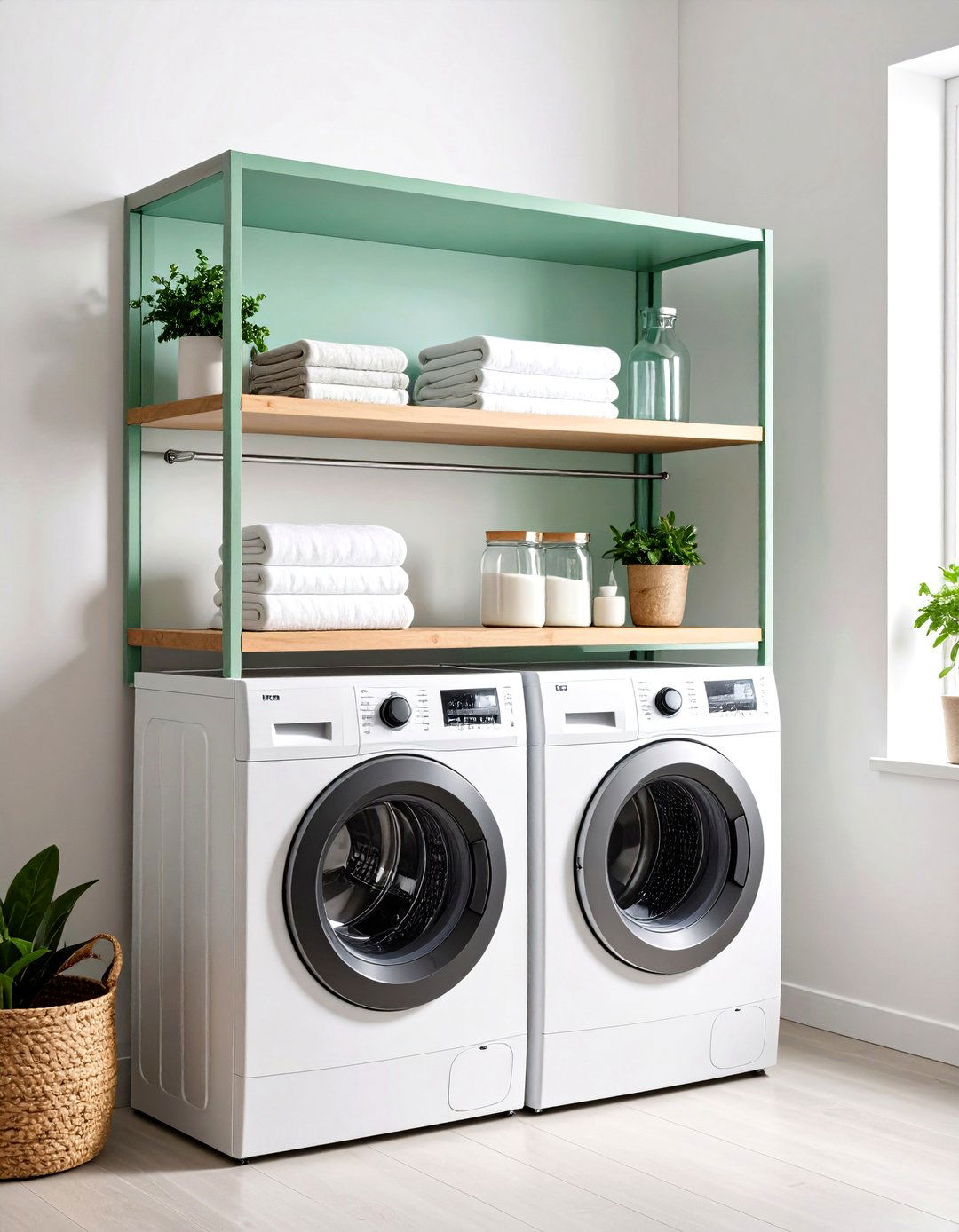
Tucking floating shelves above the washer-dryer pair leverages wall space usually left blank and shelters detergents from splash zones. Opt for melamine-coated boards that wipe clean of soap residue and resist warping from steam. Install the lowest shelf about sixteen inches above appliance tops to allow lids to lift, then stagger two more at twelve-inch increments. Clear glass canisters keep powders visible yet tidy, while a tension rod under the bottom shelf offers a drying rail. Add peel-and-stick vinyl behind for easy wipe-down color.
19. Media-Wall Floating Shelves Frame the TV

Pairing long floating shelves with a wall-mounted television creates a built-in look without custom cabinetry costs. Flank the screen with symmetric shelves to house consoles, routers, and sculptural speakers, hiding cords through grommeted holes. Use a slightly darker stain than the screen bezel to minimize visual clutter and let content take center stage. Cable boxes generate heat, so drill ventilation slots in the shelf bottom and leave at least two inches behind. LED backlighting under the shelves reduces eye strain during late-night streaming sessions.
20. Kids’ Book-Ledge Floating Shelves Spark Reading Habits
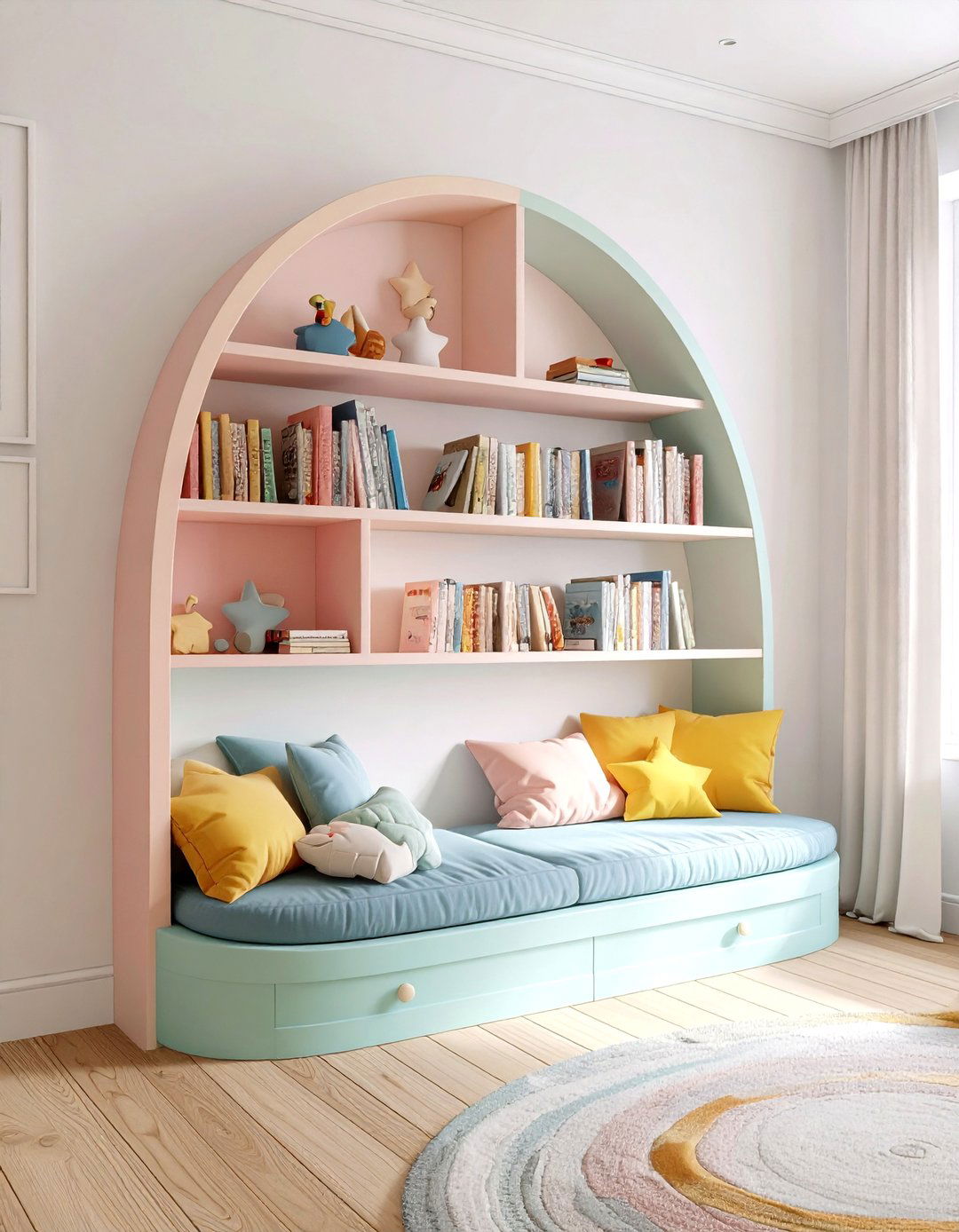
Low-mounted picture-ledge floating shelves let kids face books forward, turning covers into irresistible invitations to read. Place the first shelf just twelve inches above floor level so toddlers can reach favorites, then rise in even steps to encourage stretching as they grow. Rounded front edges prevent bumps, and painting shelves in soft pastels integrates them with nursery palettes. Because stuffed animals inevitably join the display, choose anchors rated for more than the paper weight suggests. Periodic rotation keeps curiosity fresh and teaches organizational skills.
Conclusion:
From picture-ledge galleries to LED-lit showpieces, floating shelves prove that the simplest plane of lumber—or acrylic, metal, or reclaimed timber—can solve storage challenges while injecting personality. Notice how each strategy capitalizes on vertical real estate, hides brackets for a weightless profile, and tailors depth, material, and lighting to its room’s demands. Whether you choose a live-edge statement, a geometric honeycomb, or a humble spice rack, the core lesson is the same: elevate your belongings to eye level, and everyday objects become curated décor. Decide what matters most—capacity, ambience, sustainability, or whimsy—and let the right floating shelf idea carry that story across your walls.



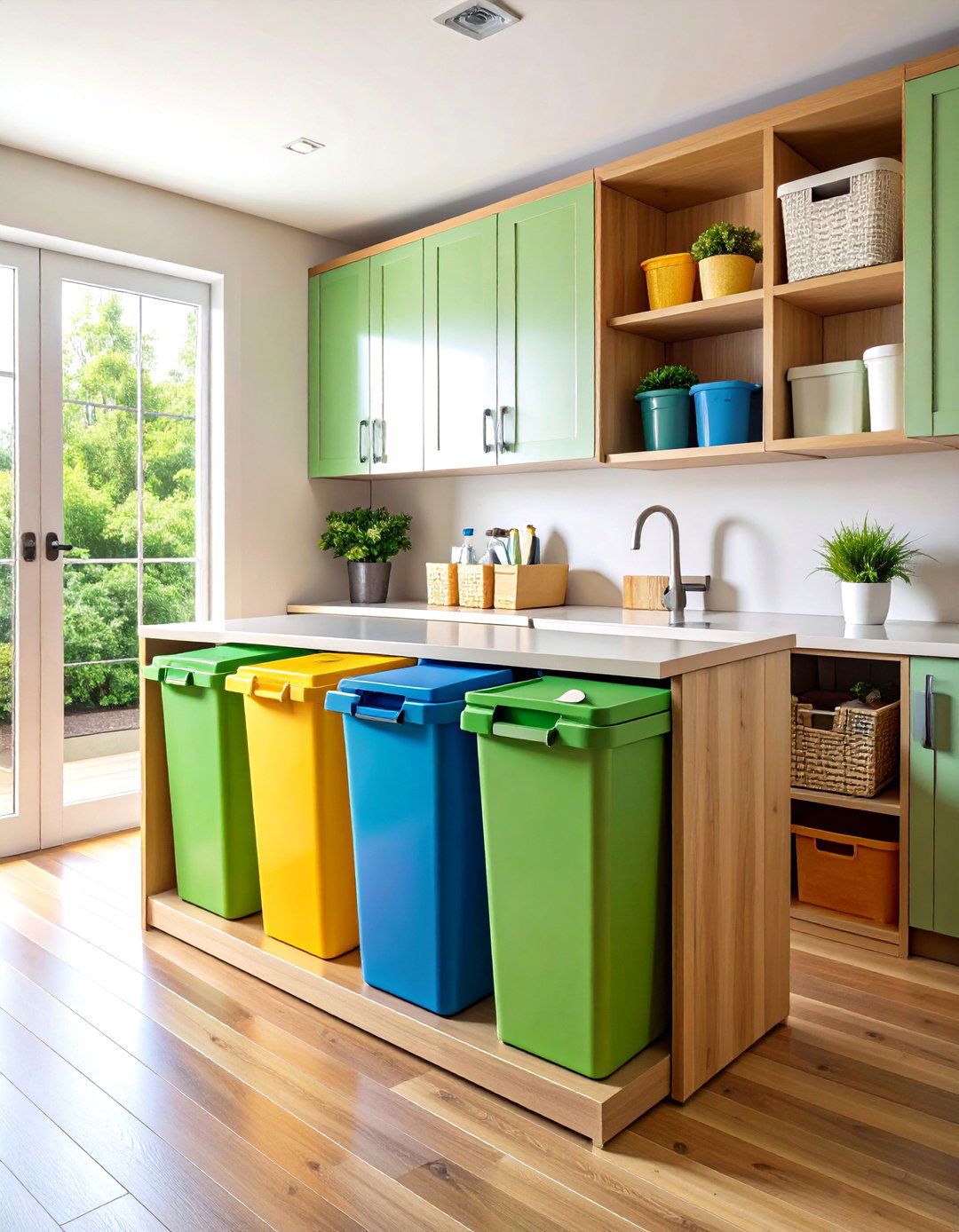
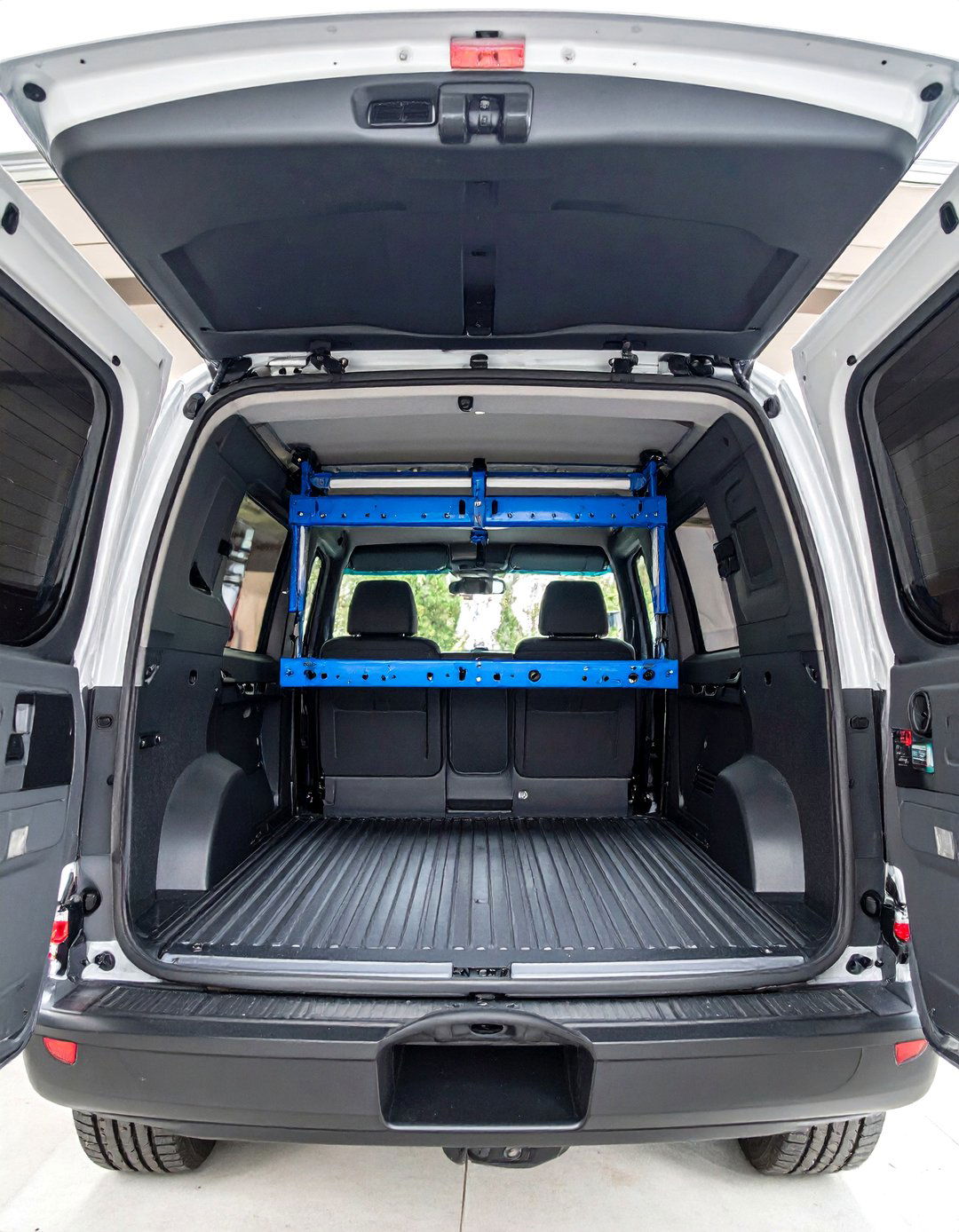

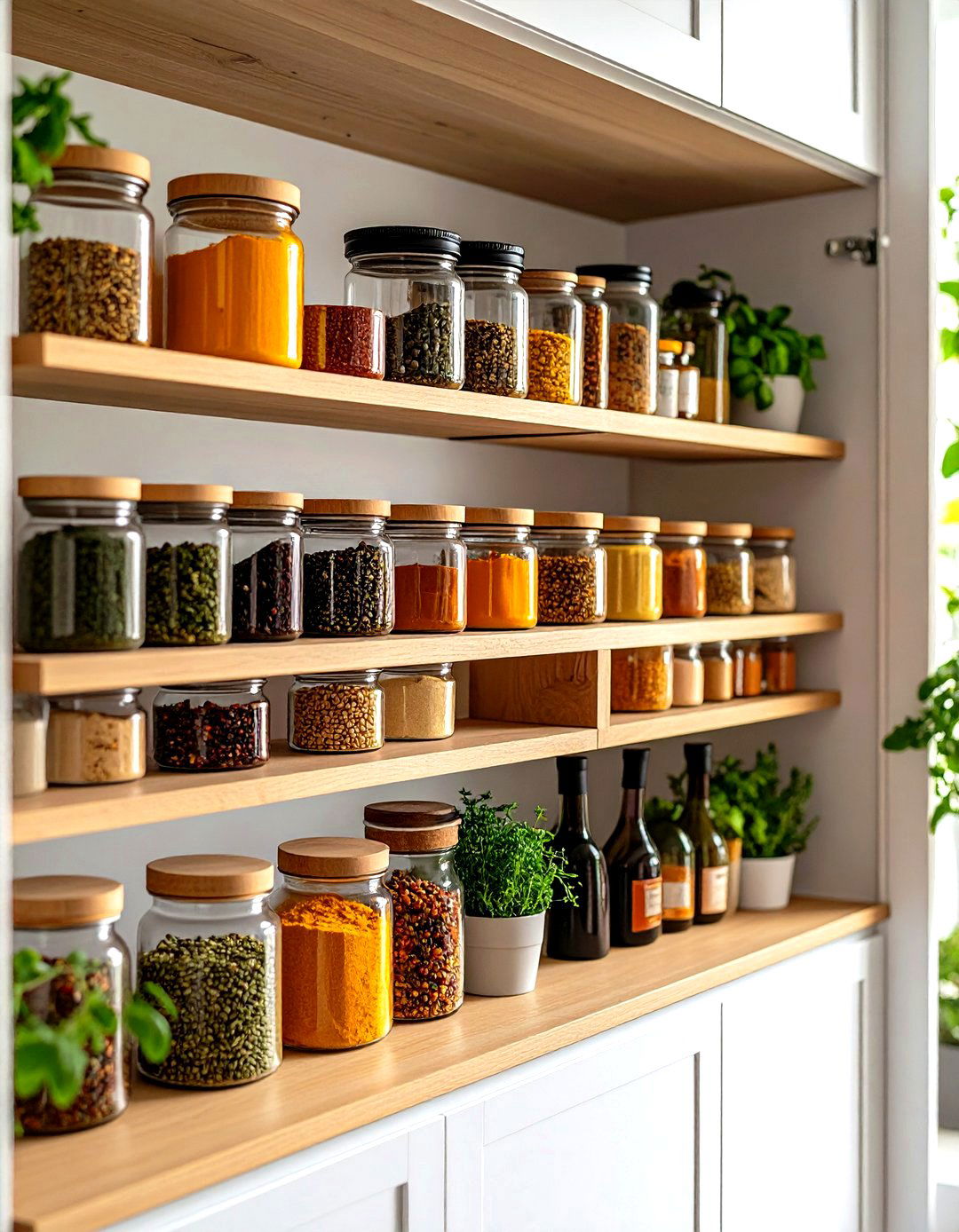
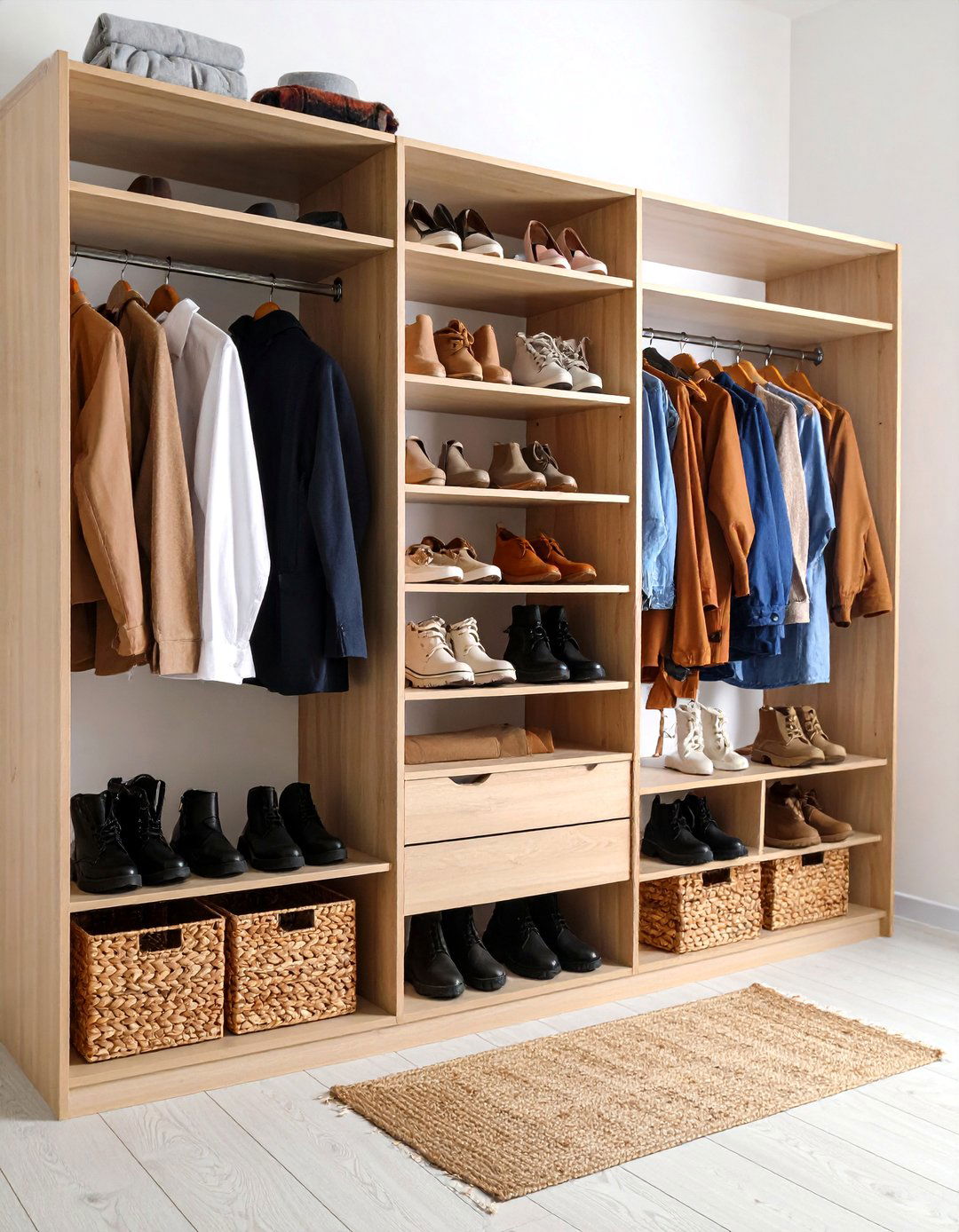
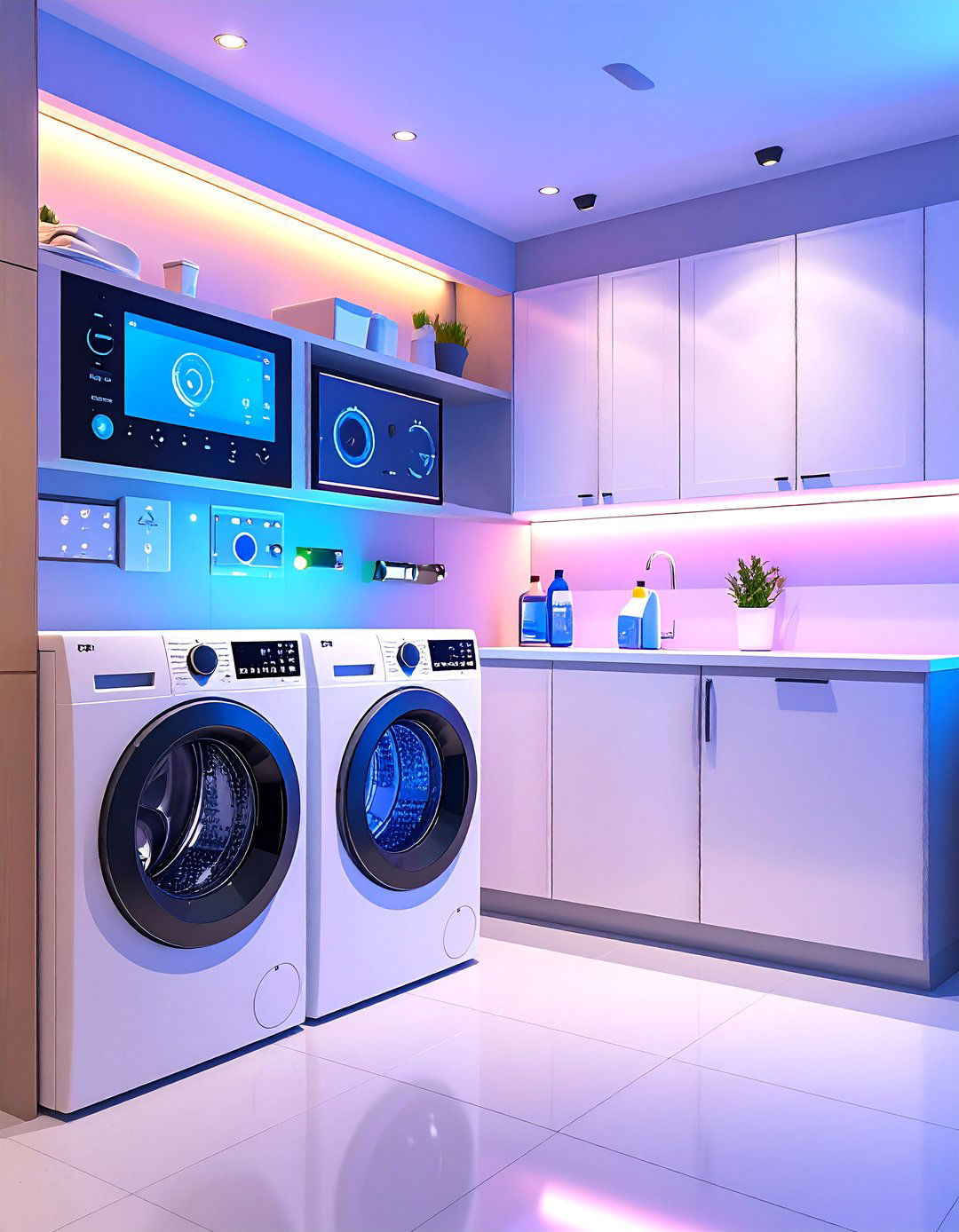
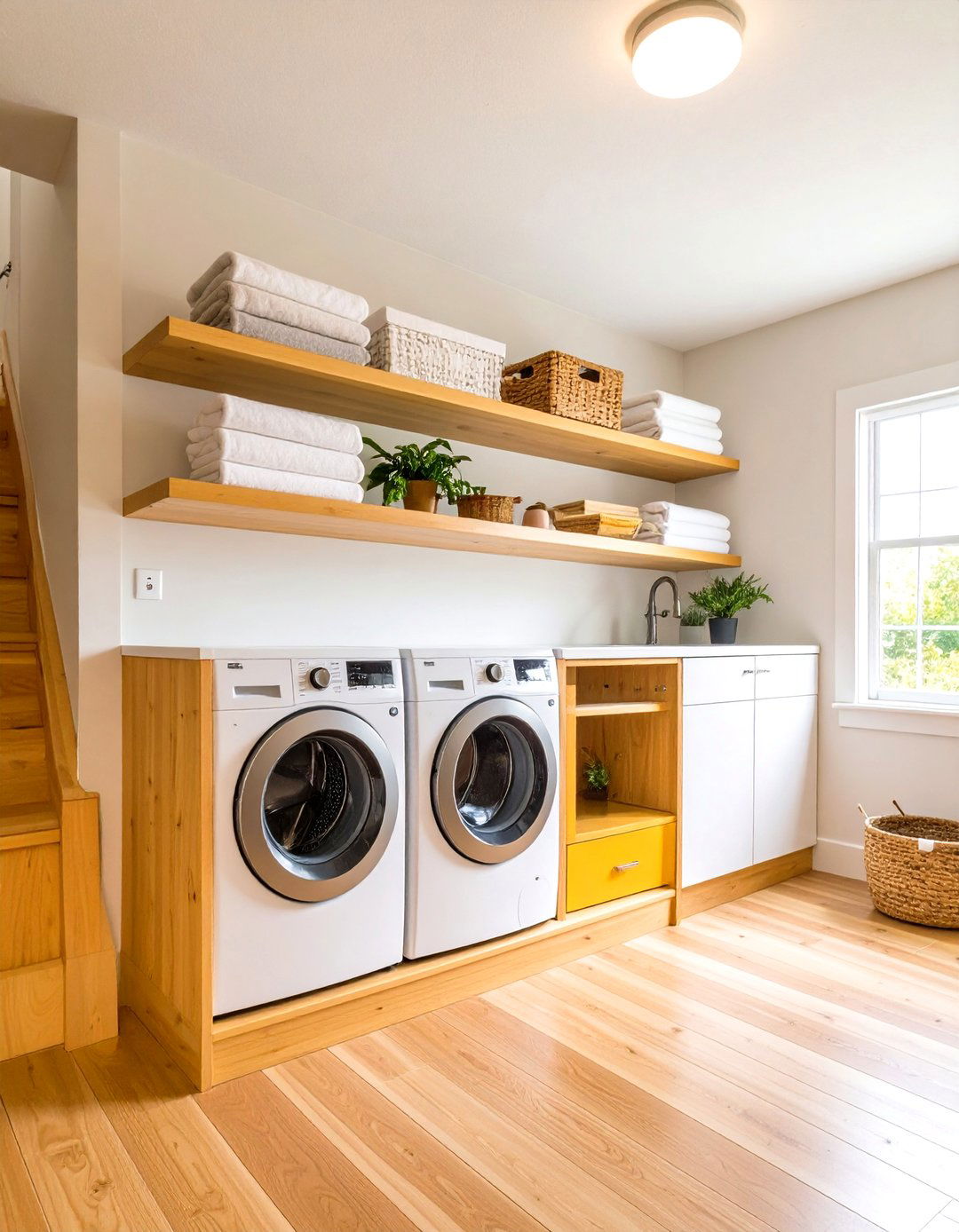
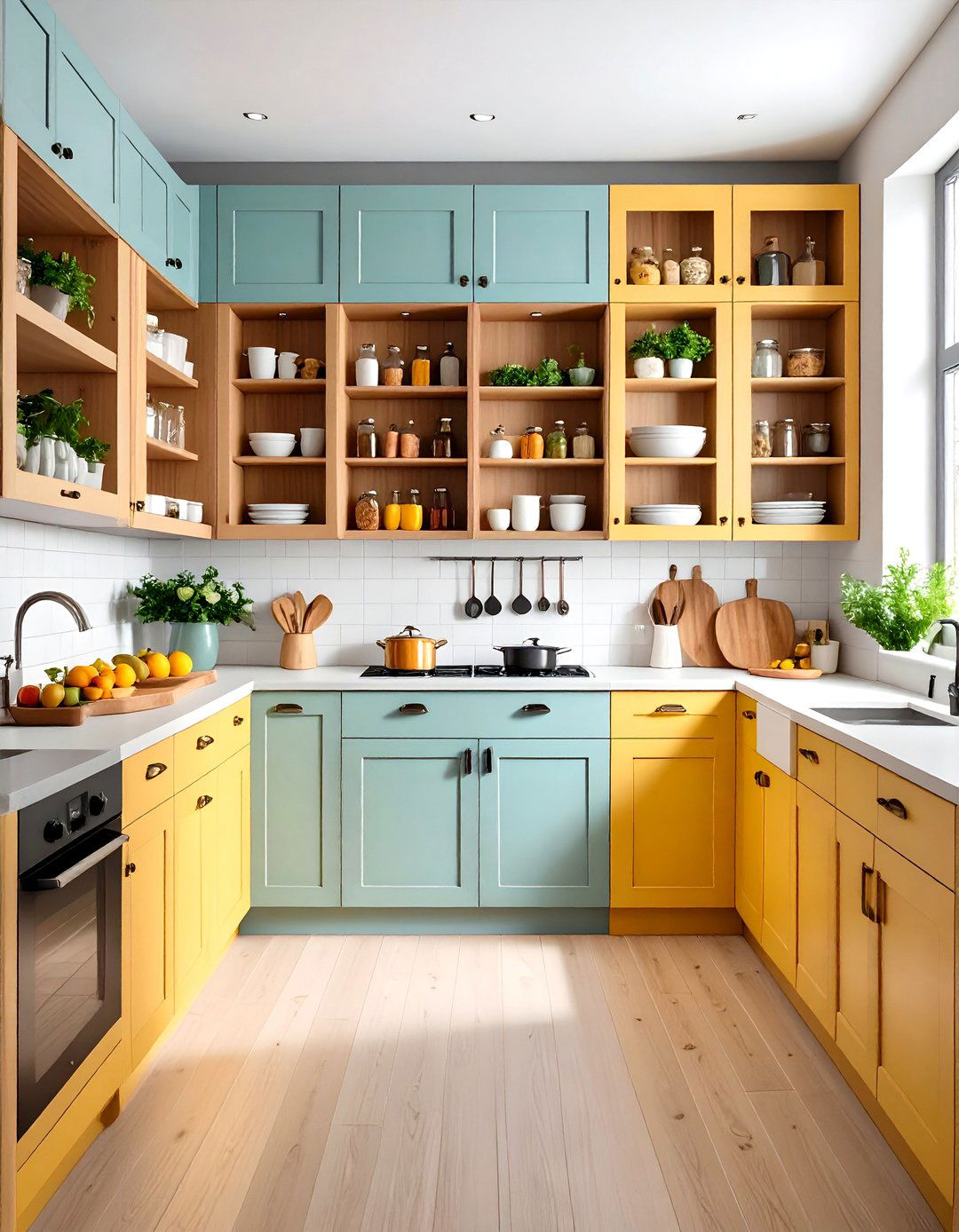
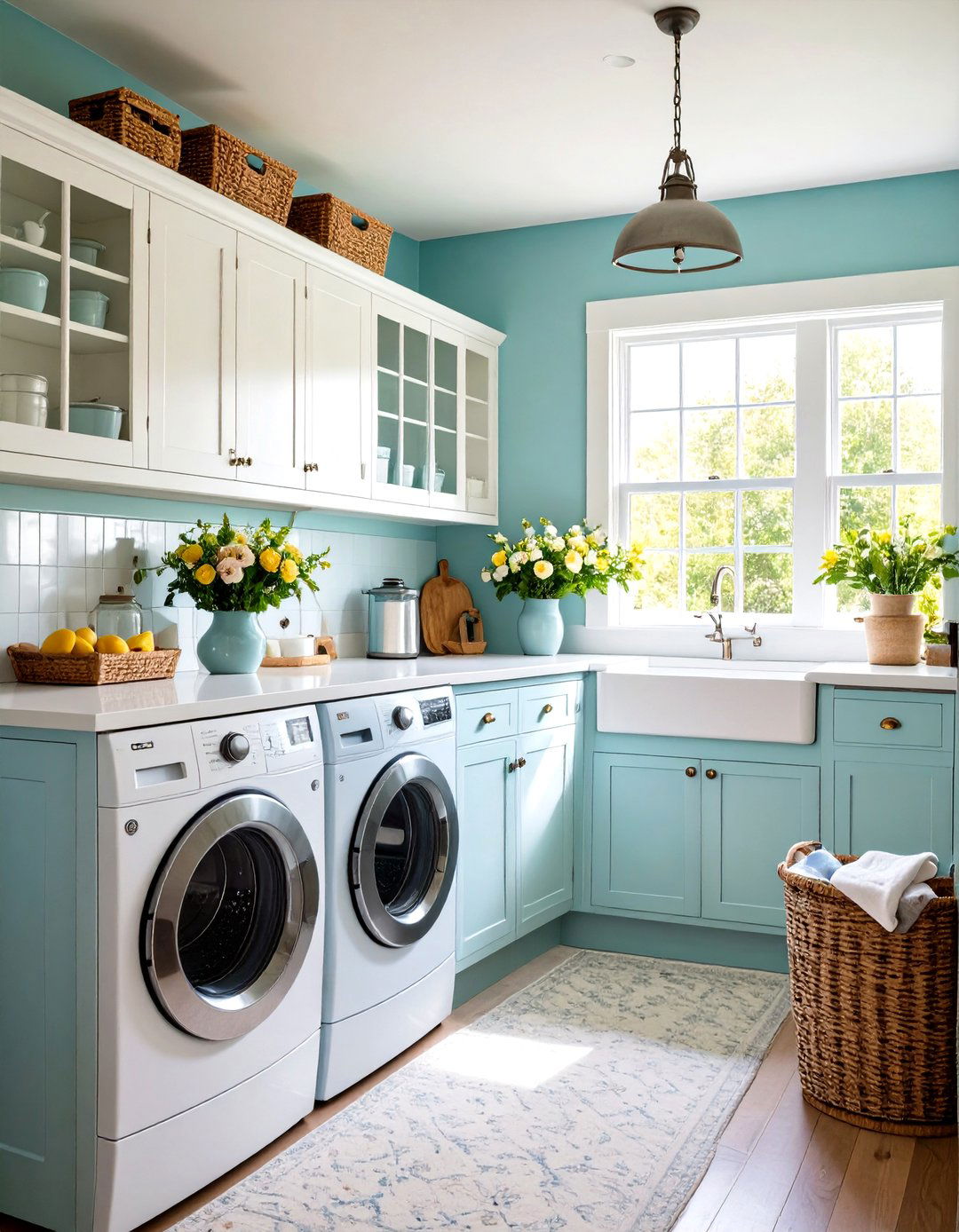
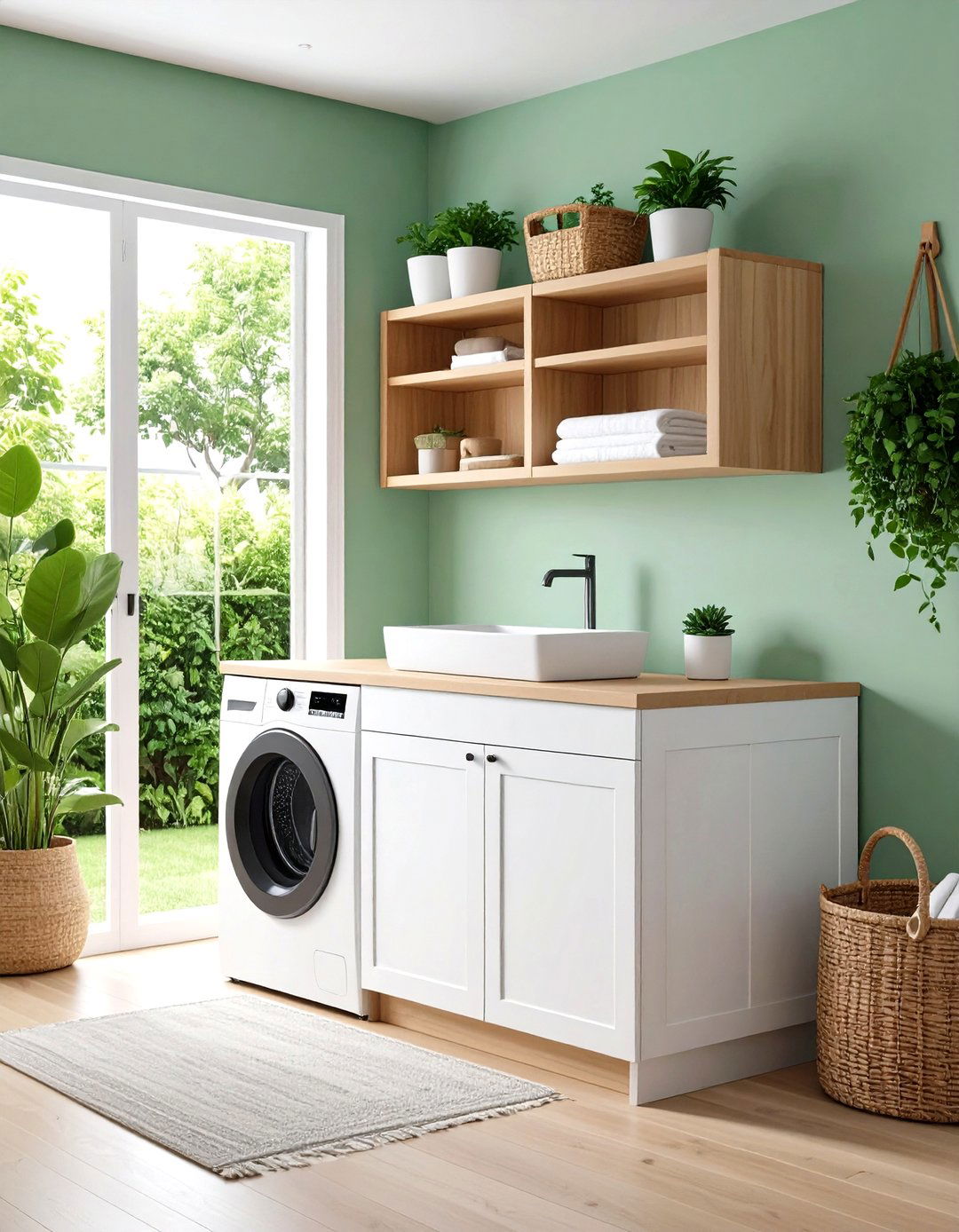
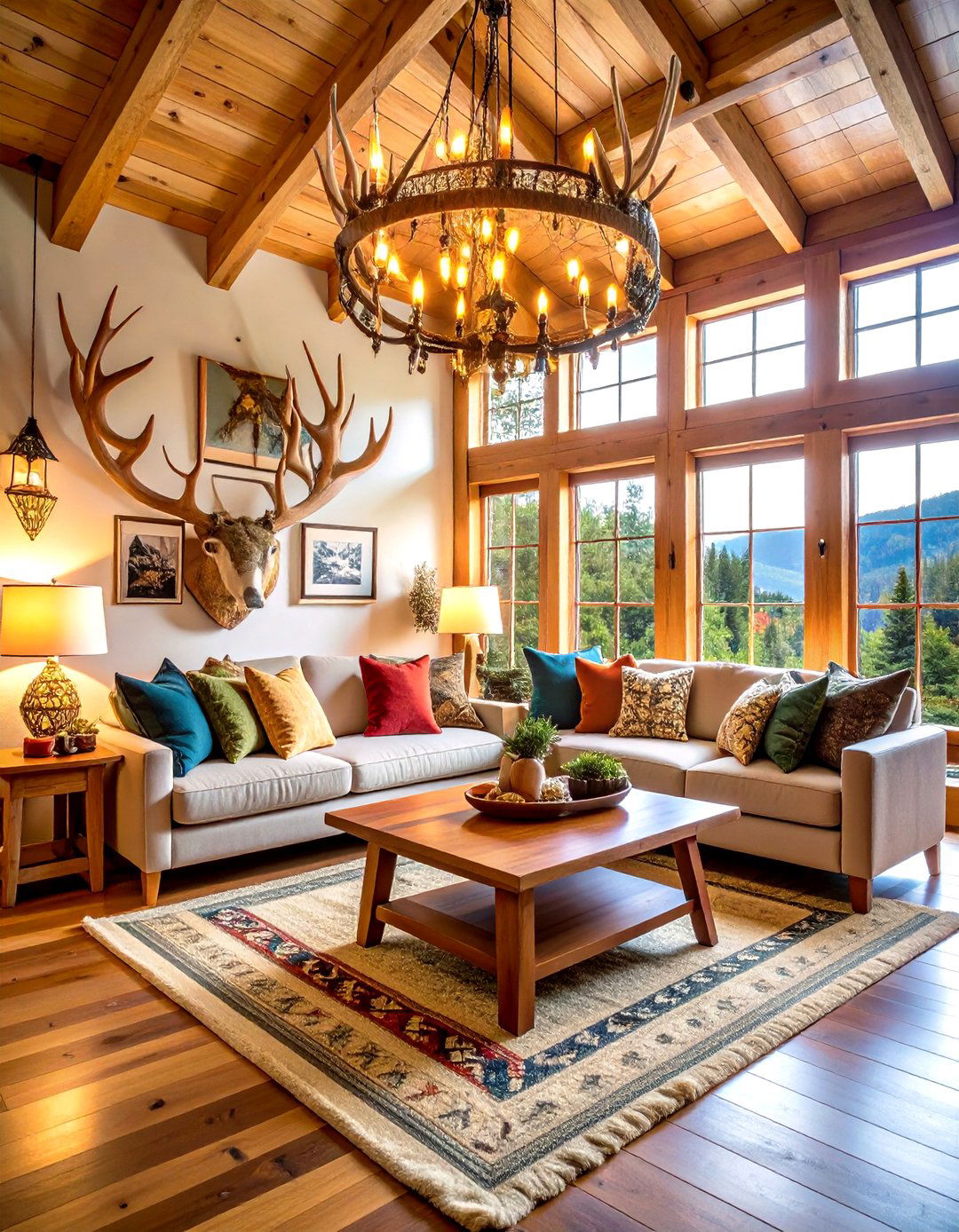
Leave a Reply